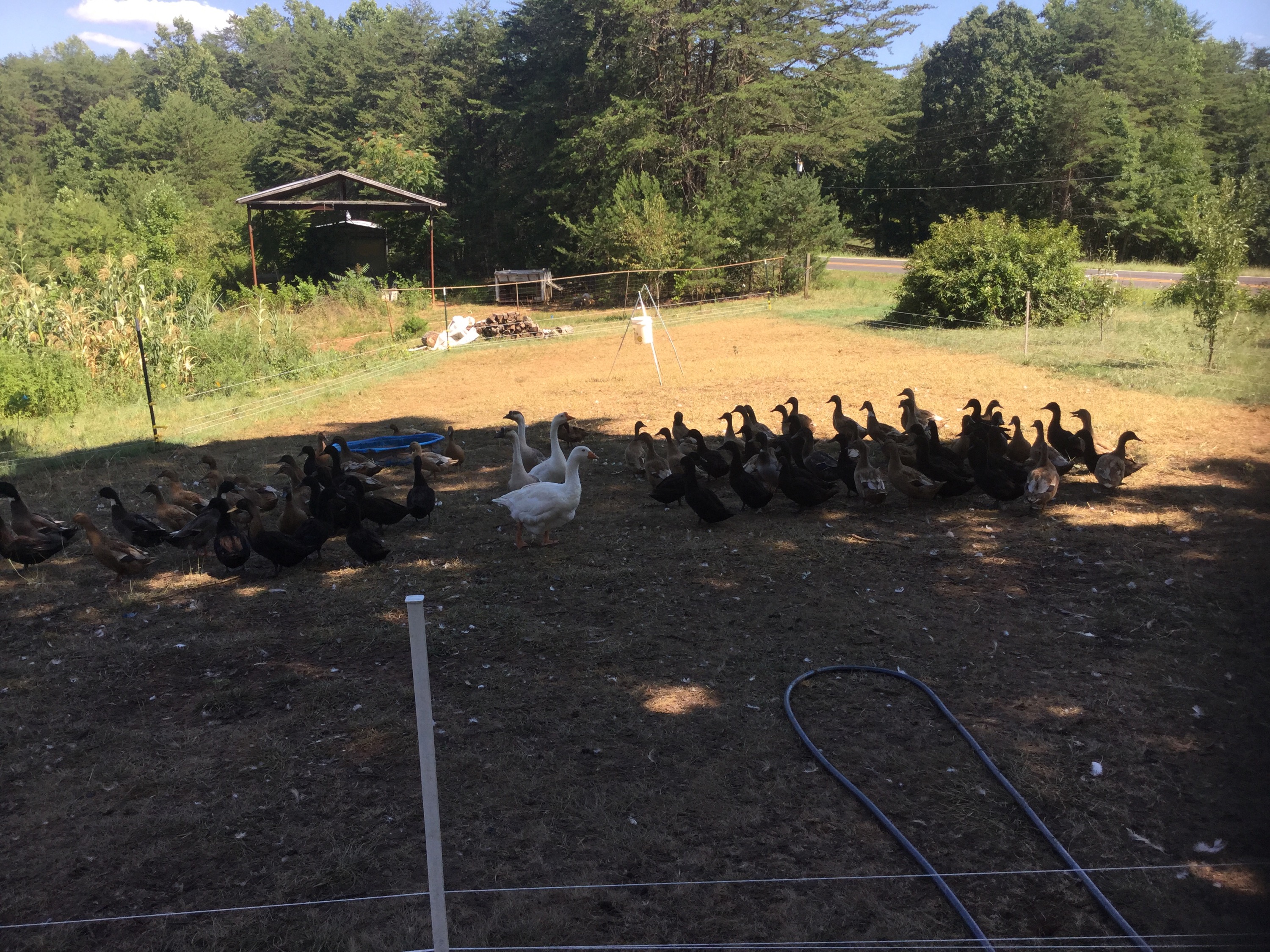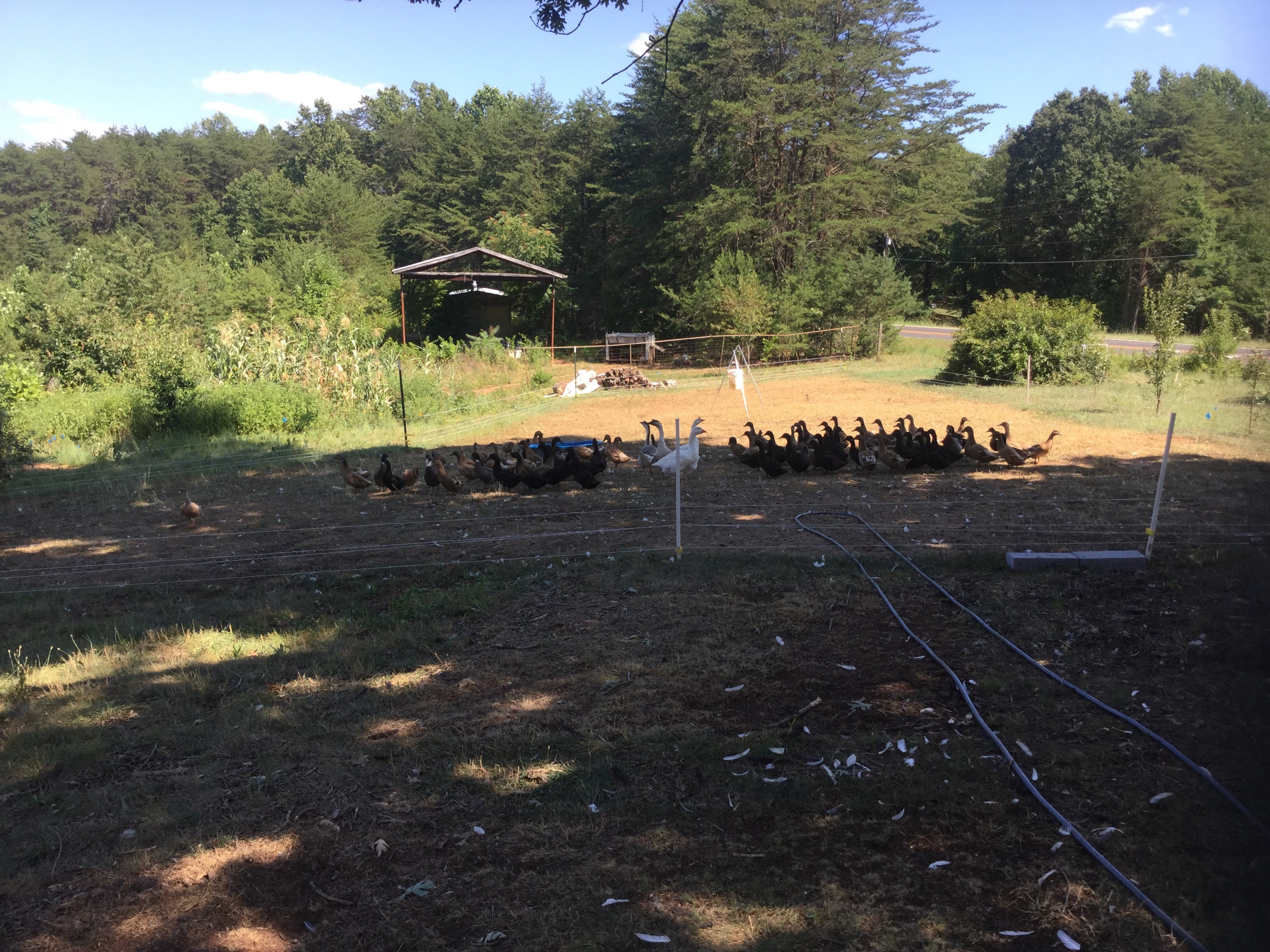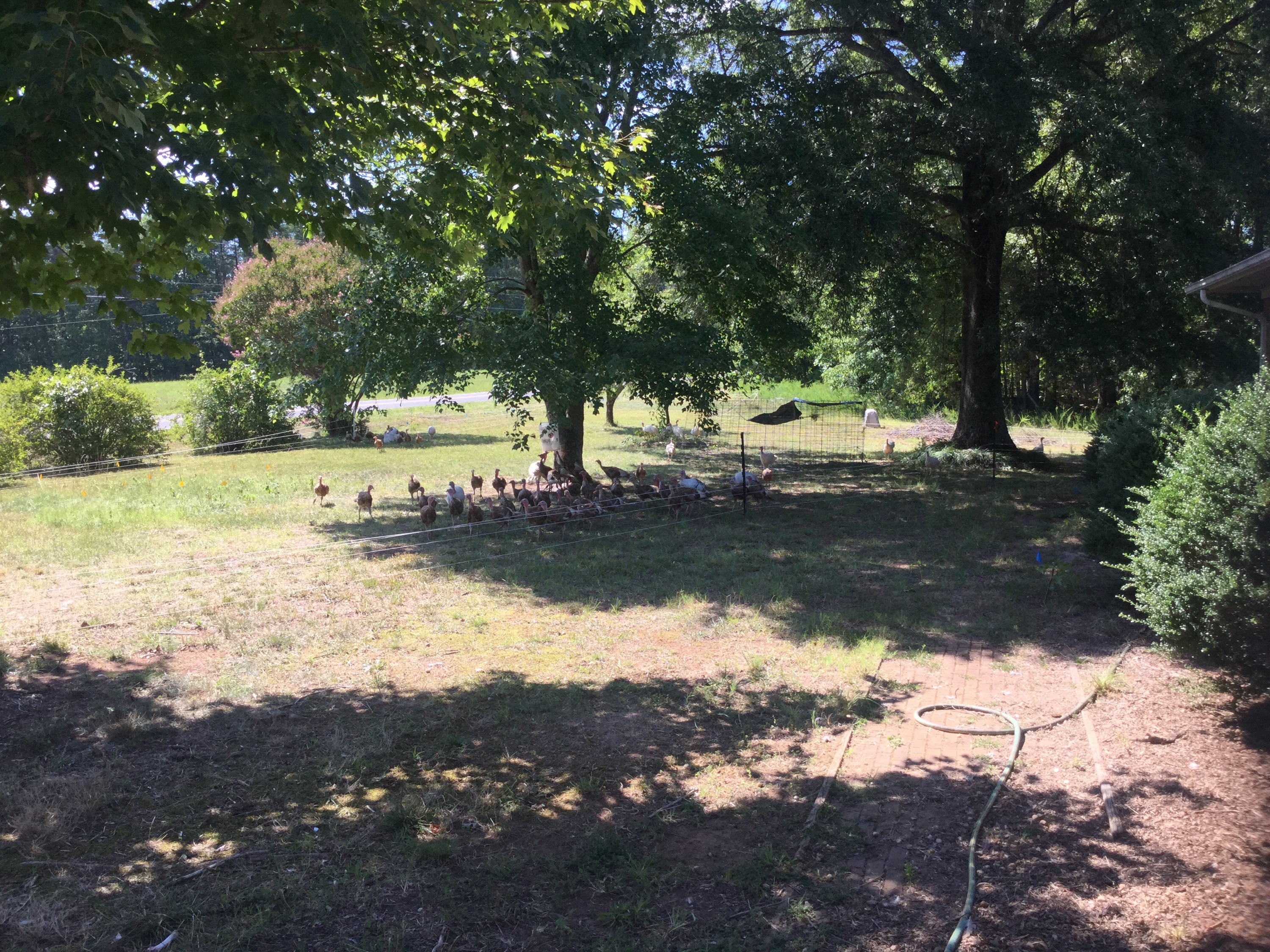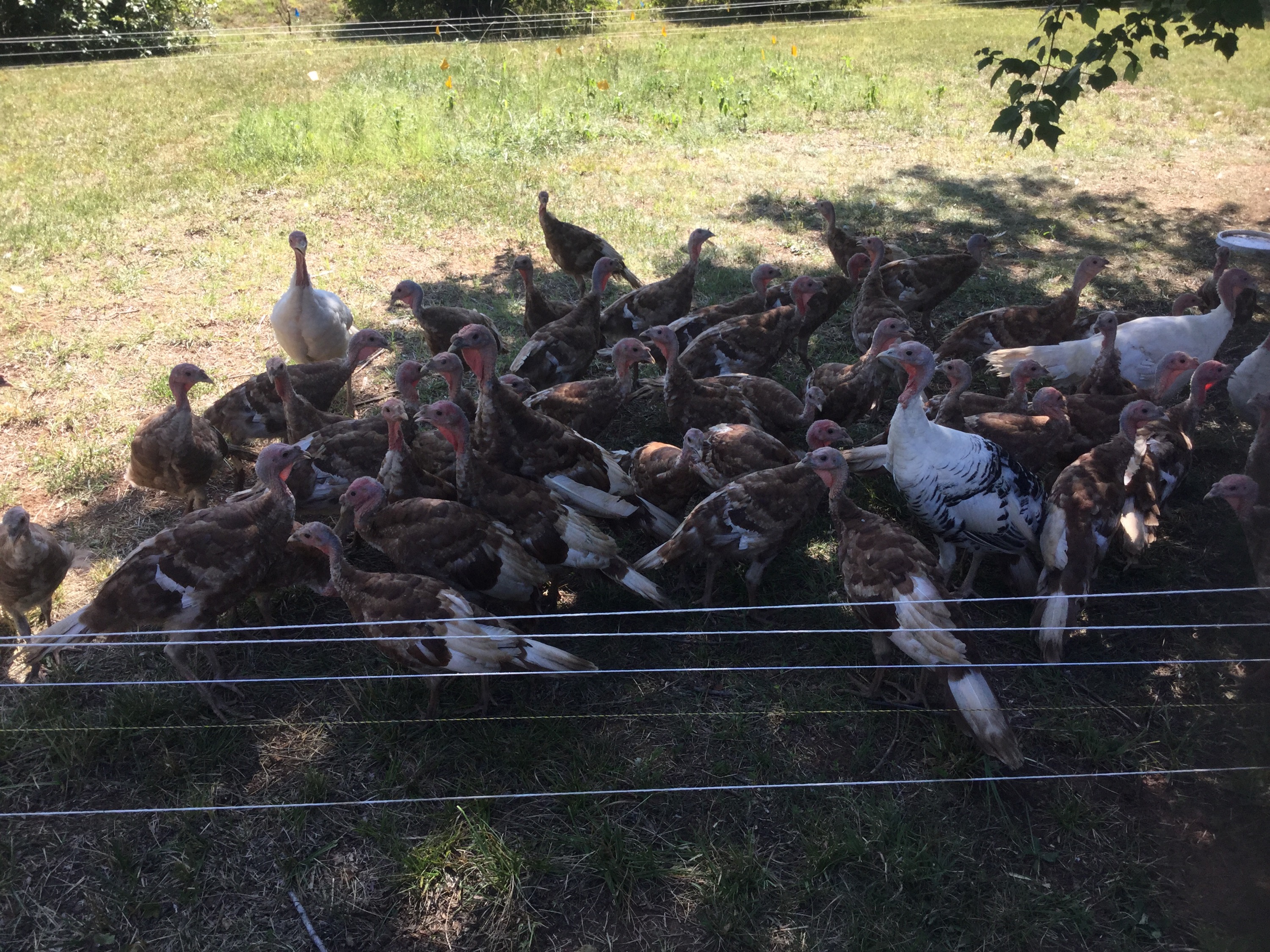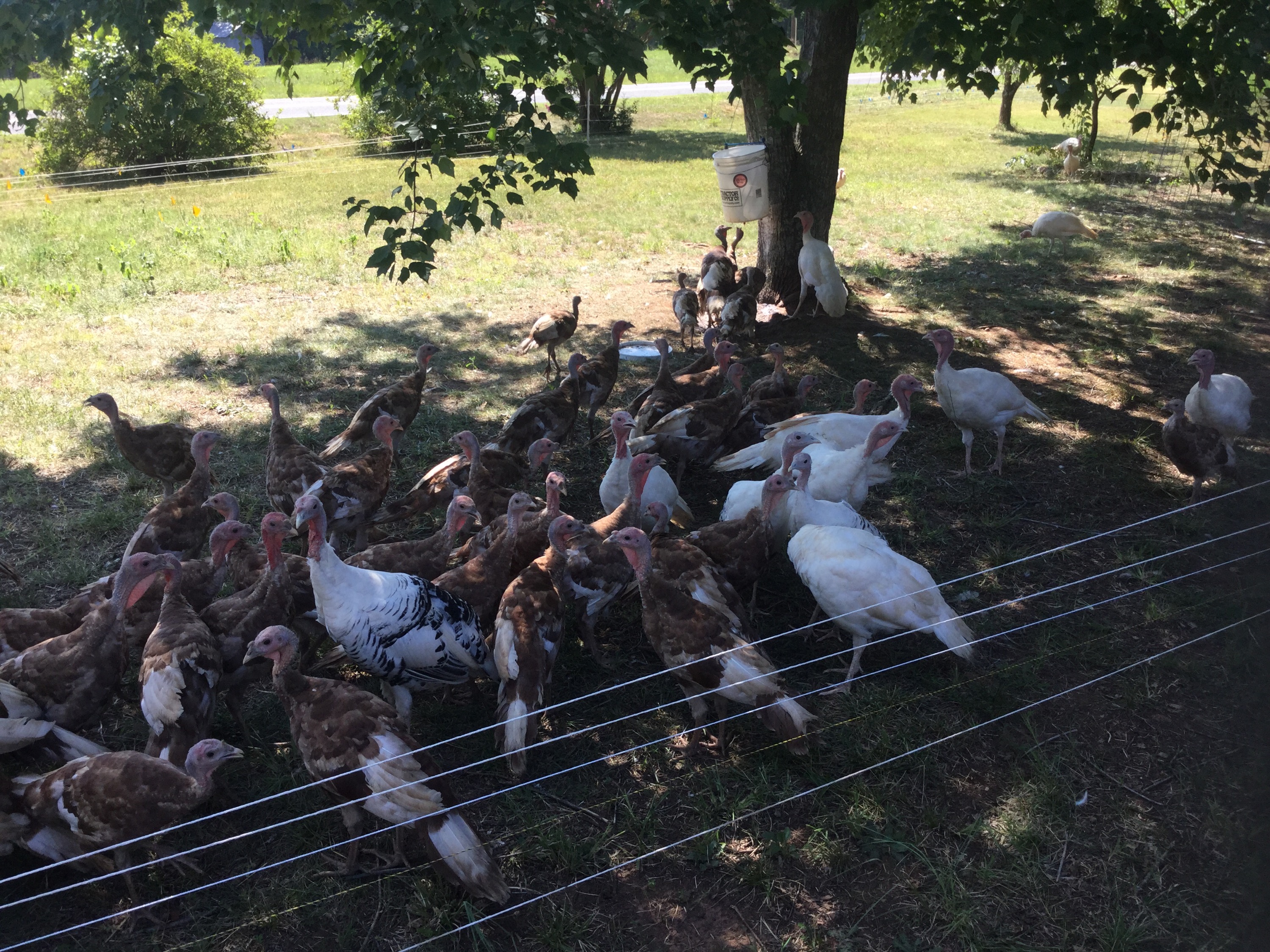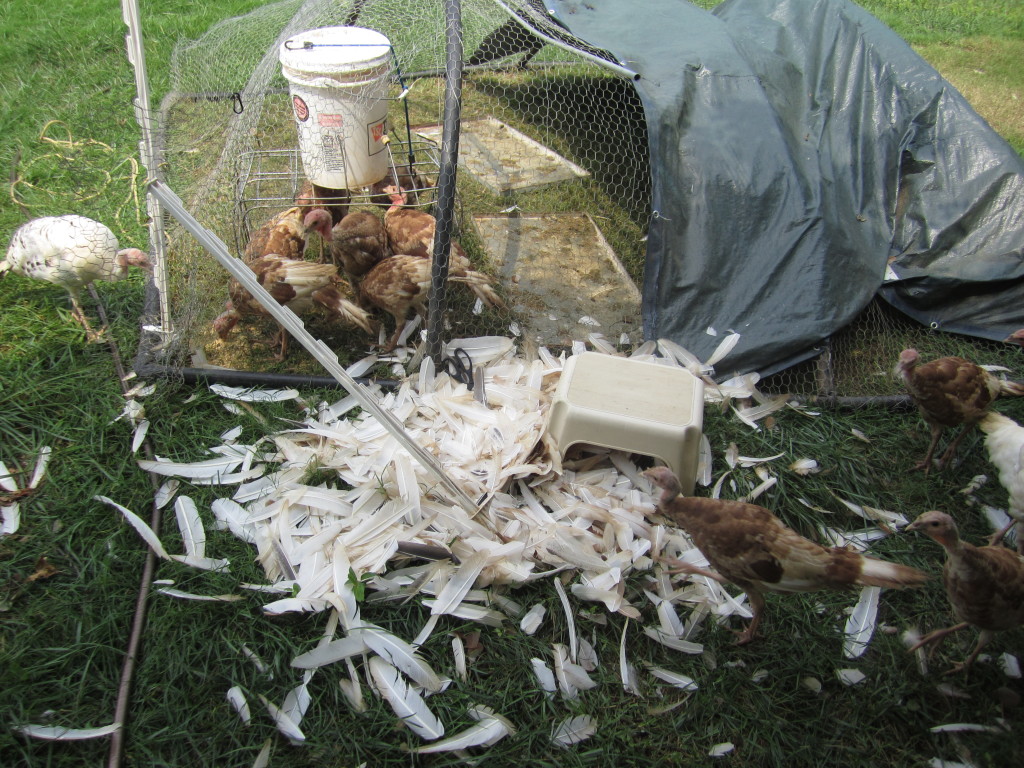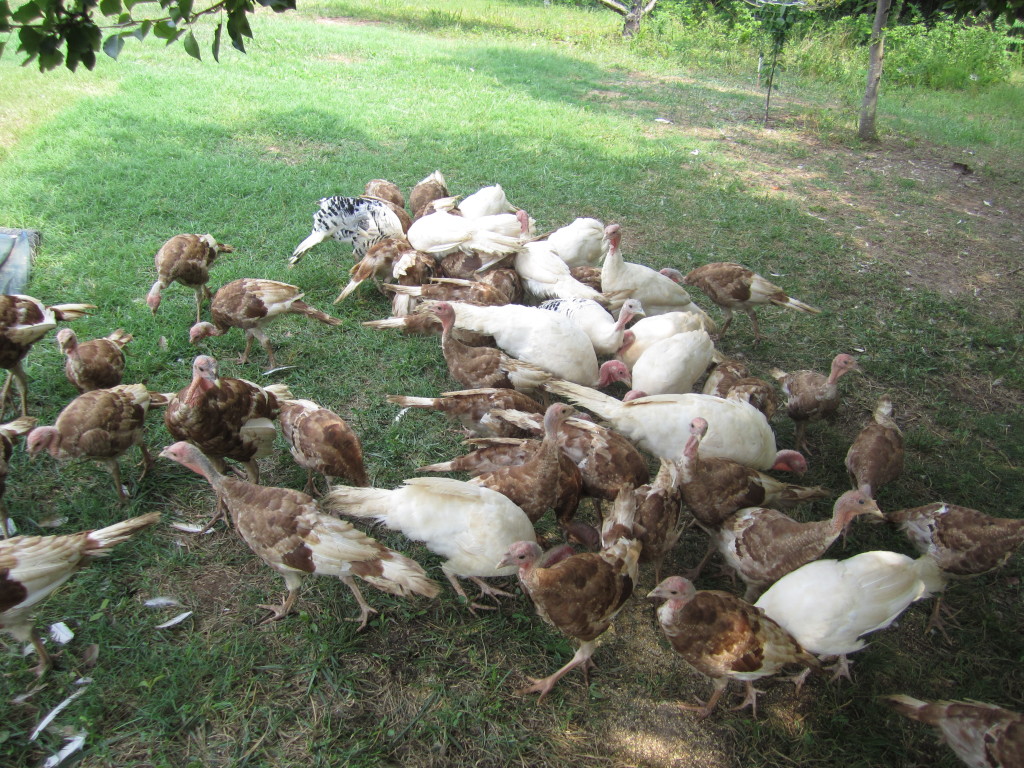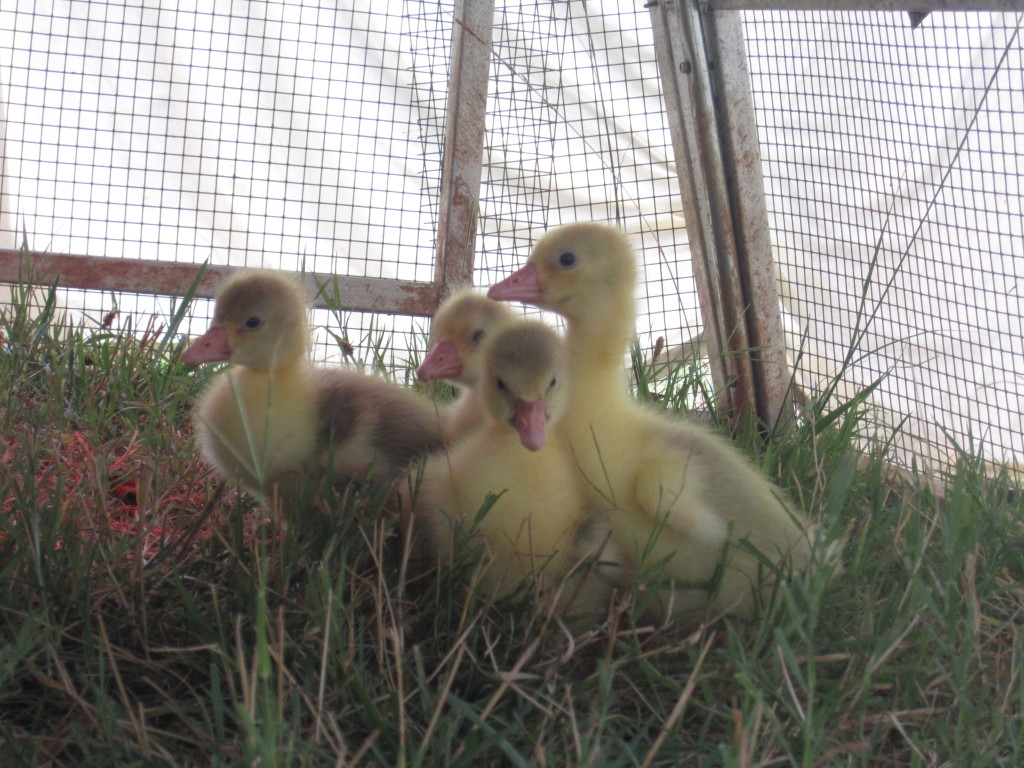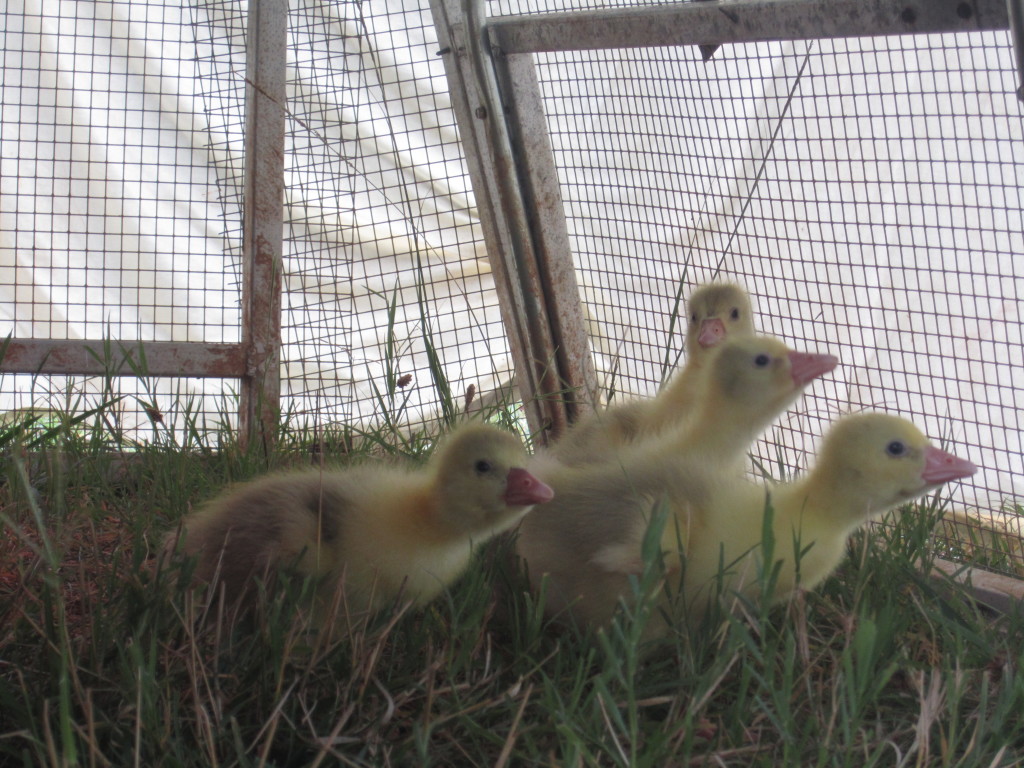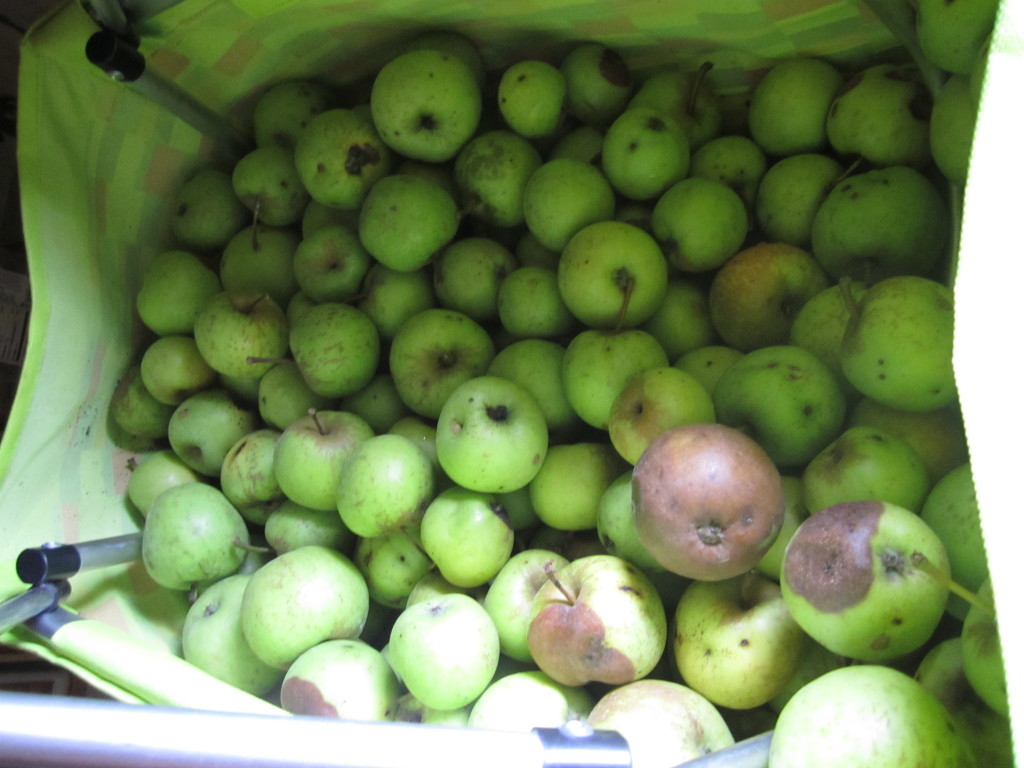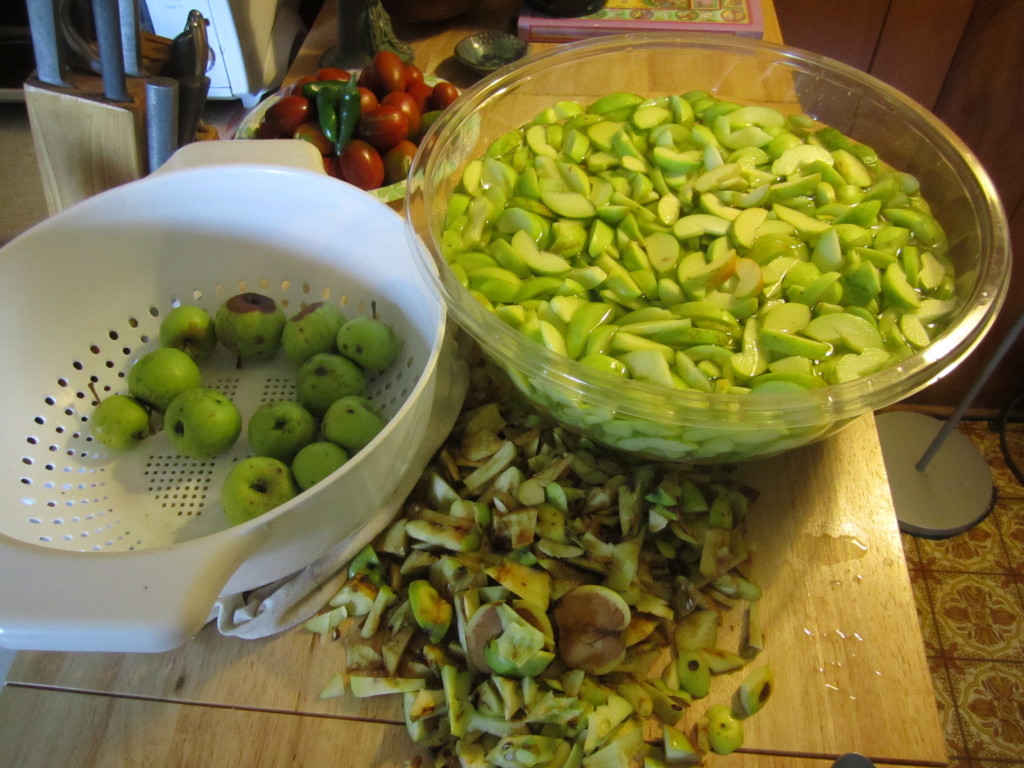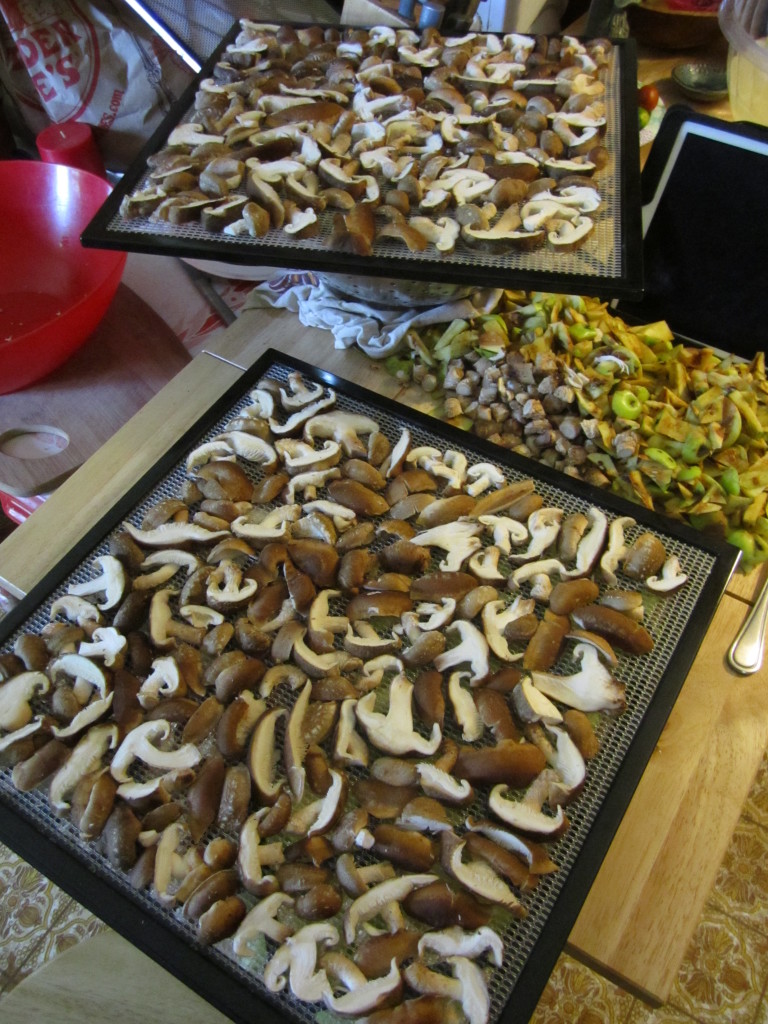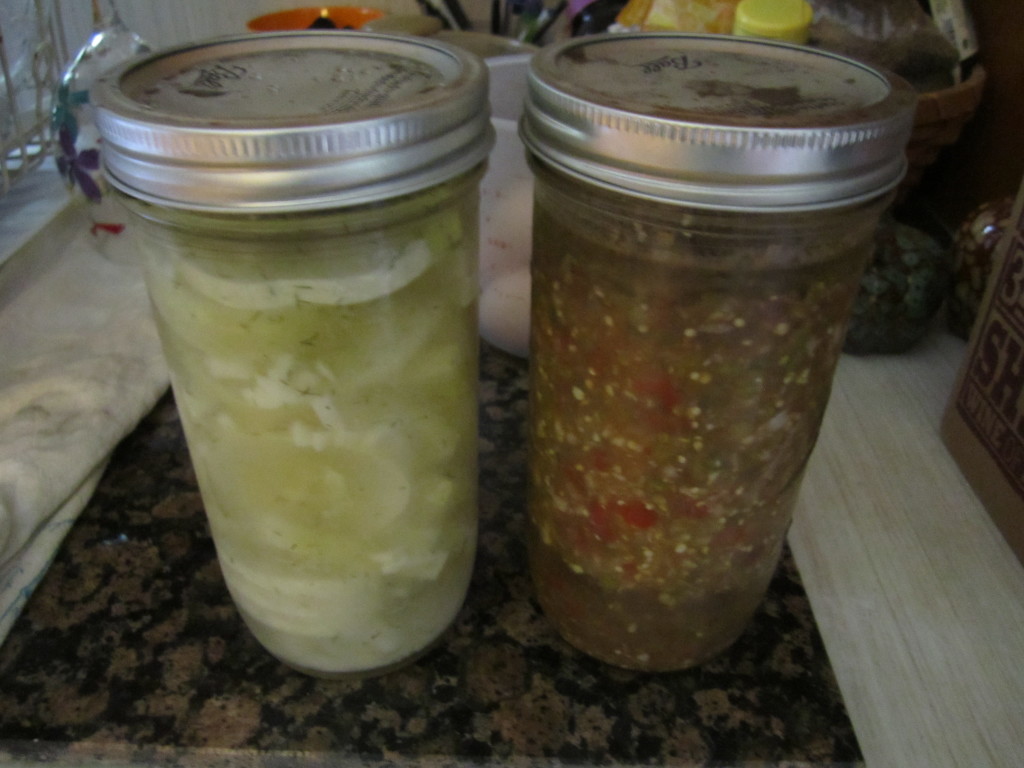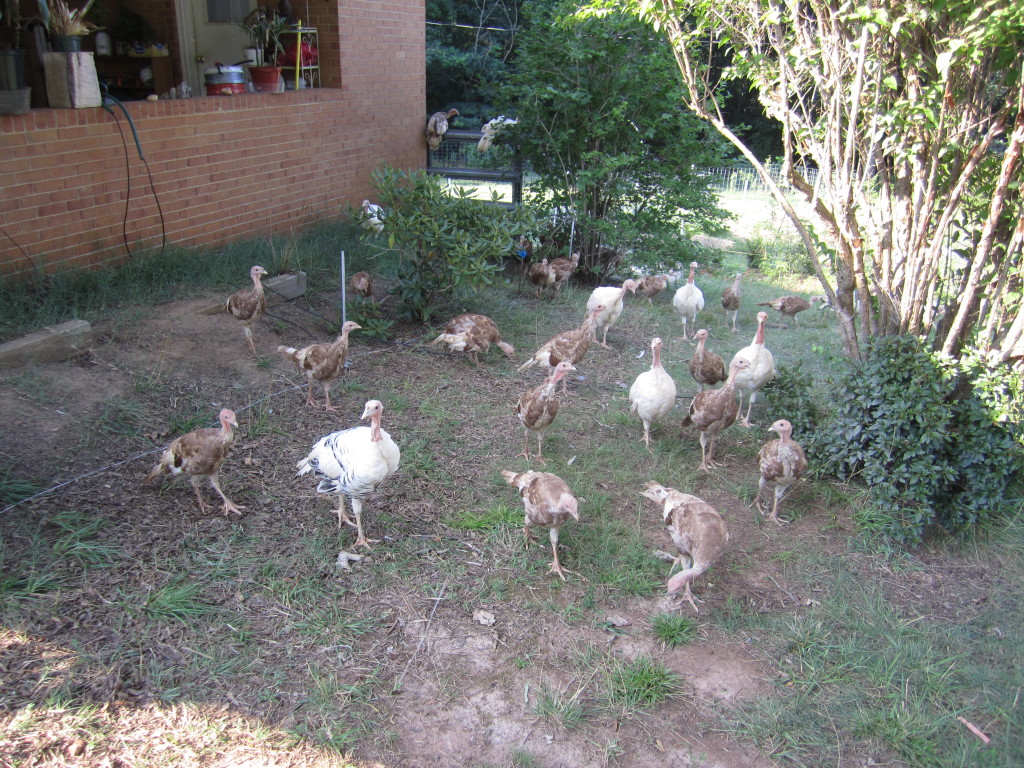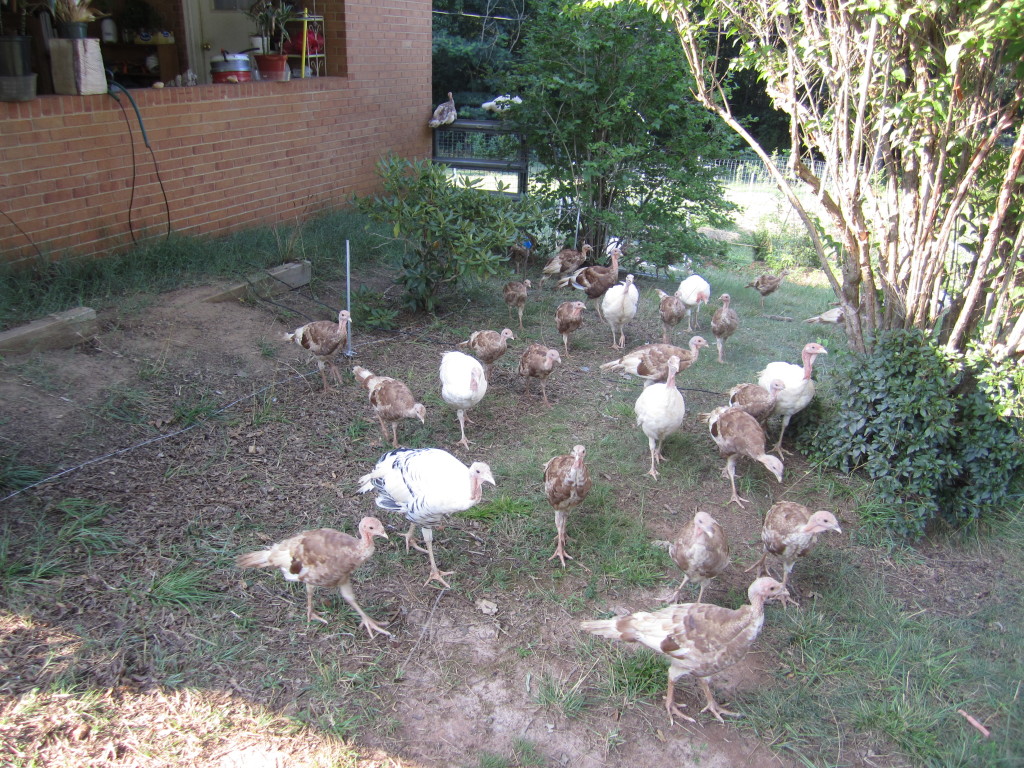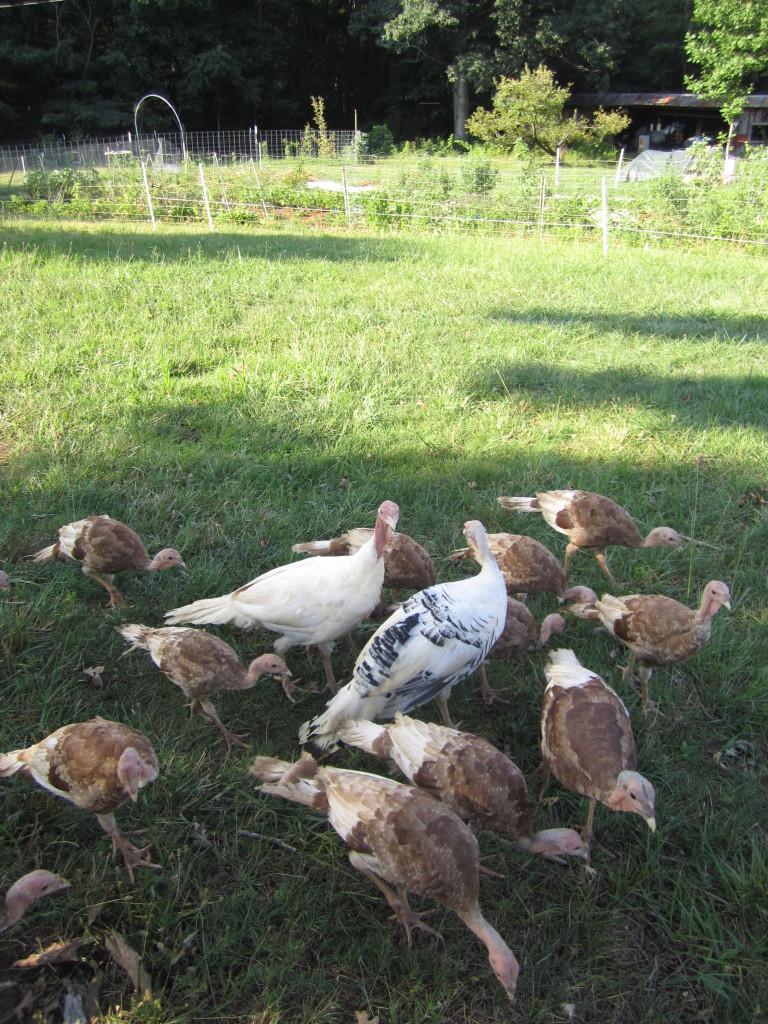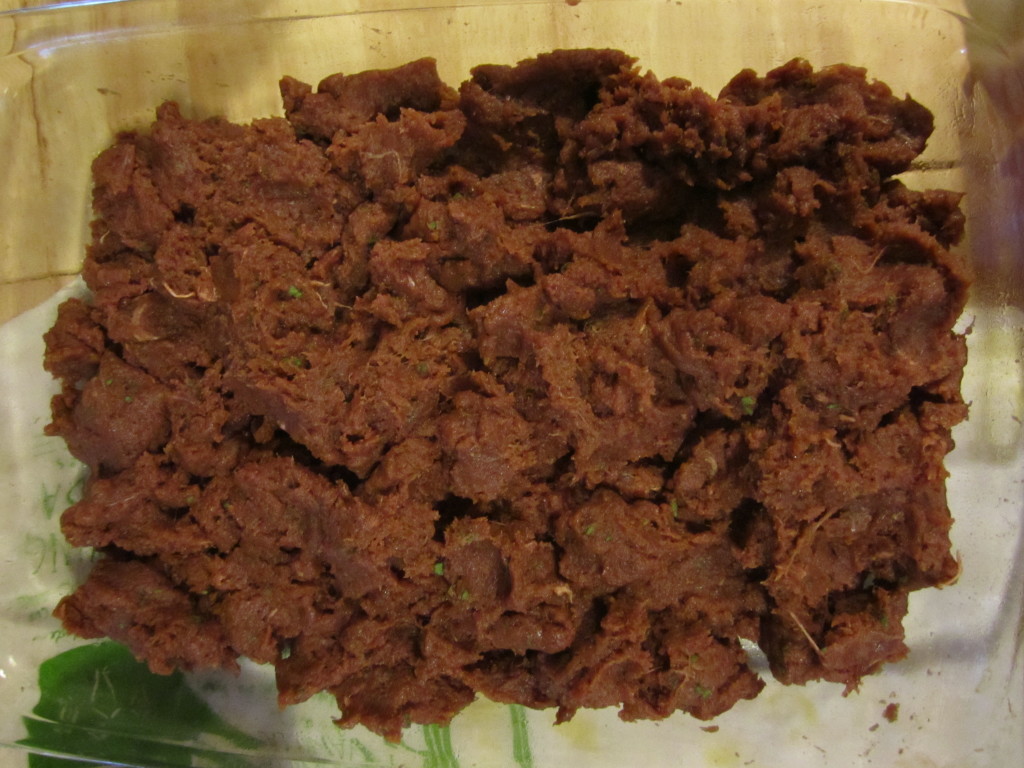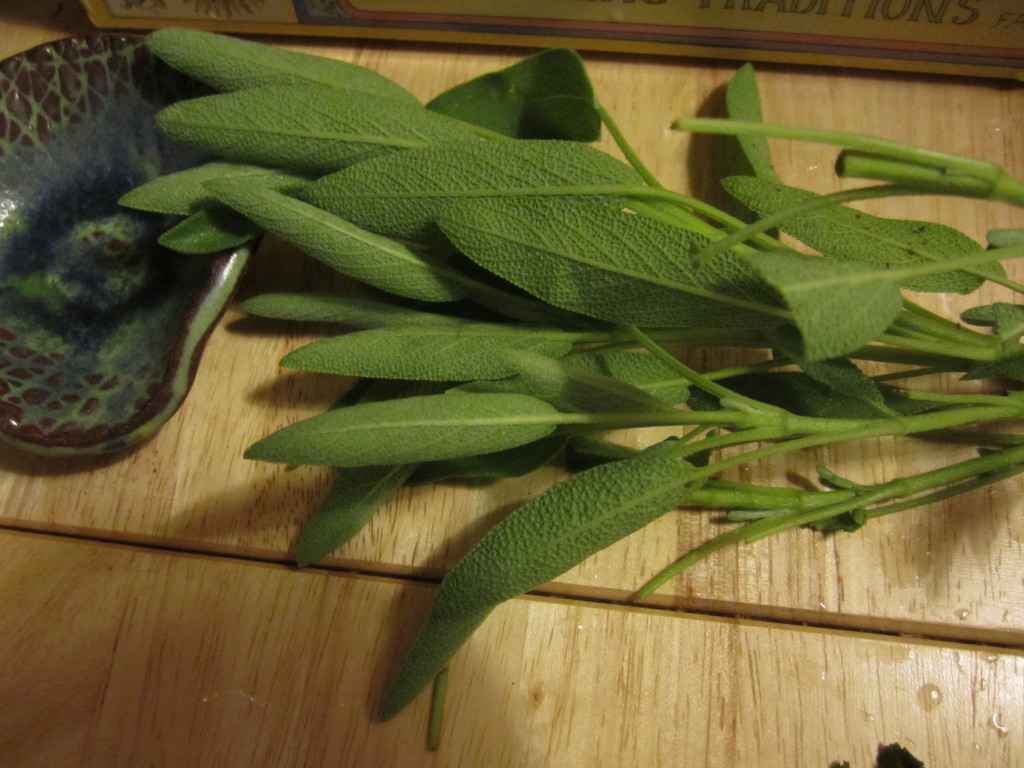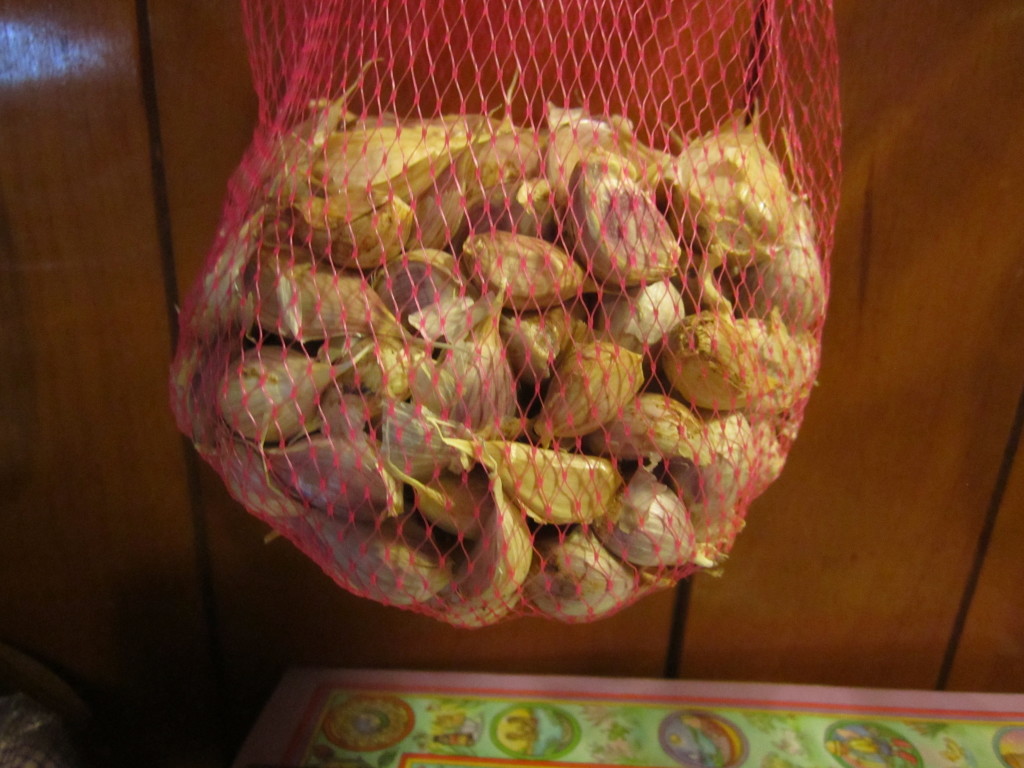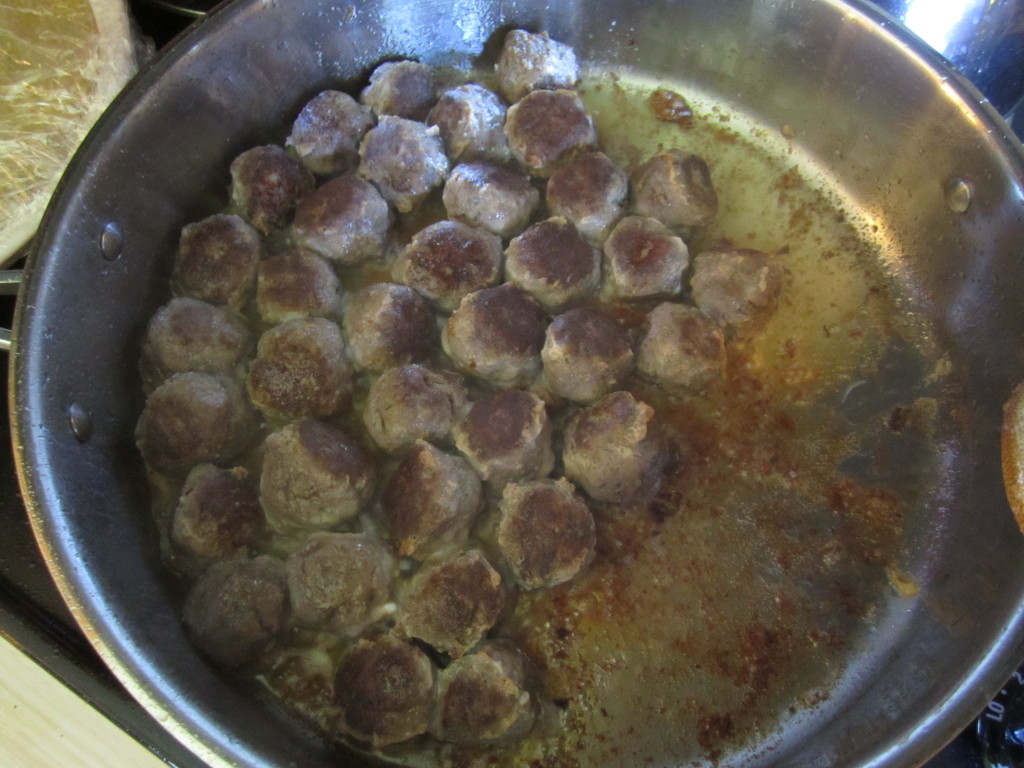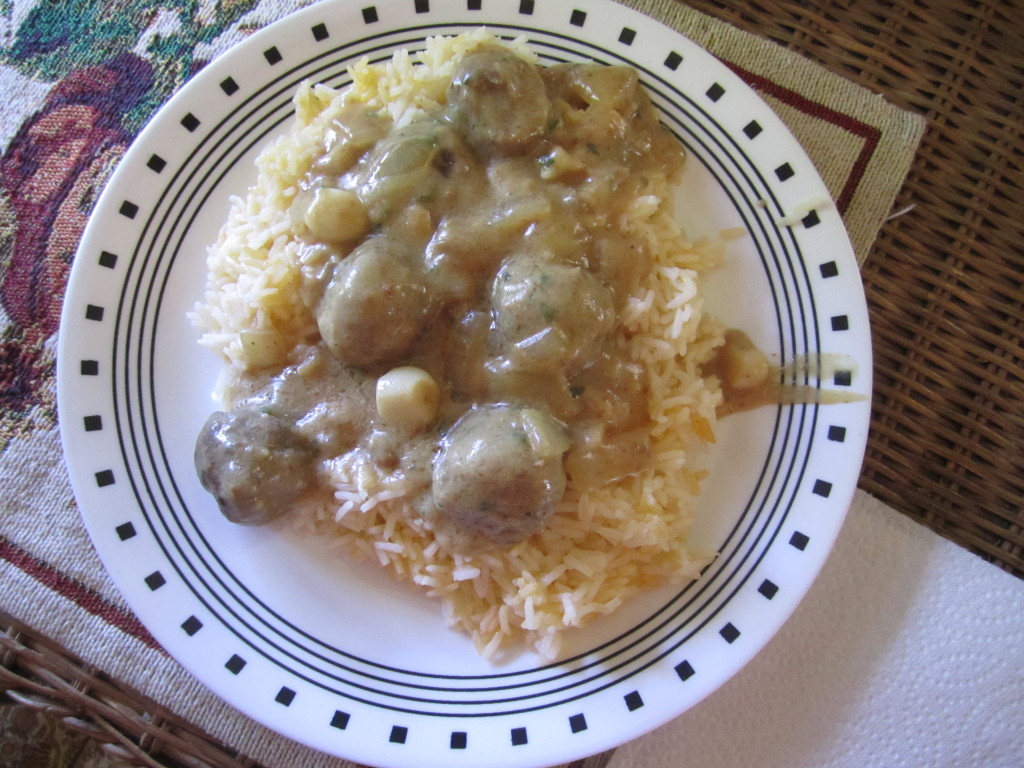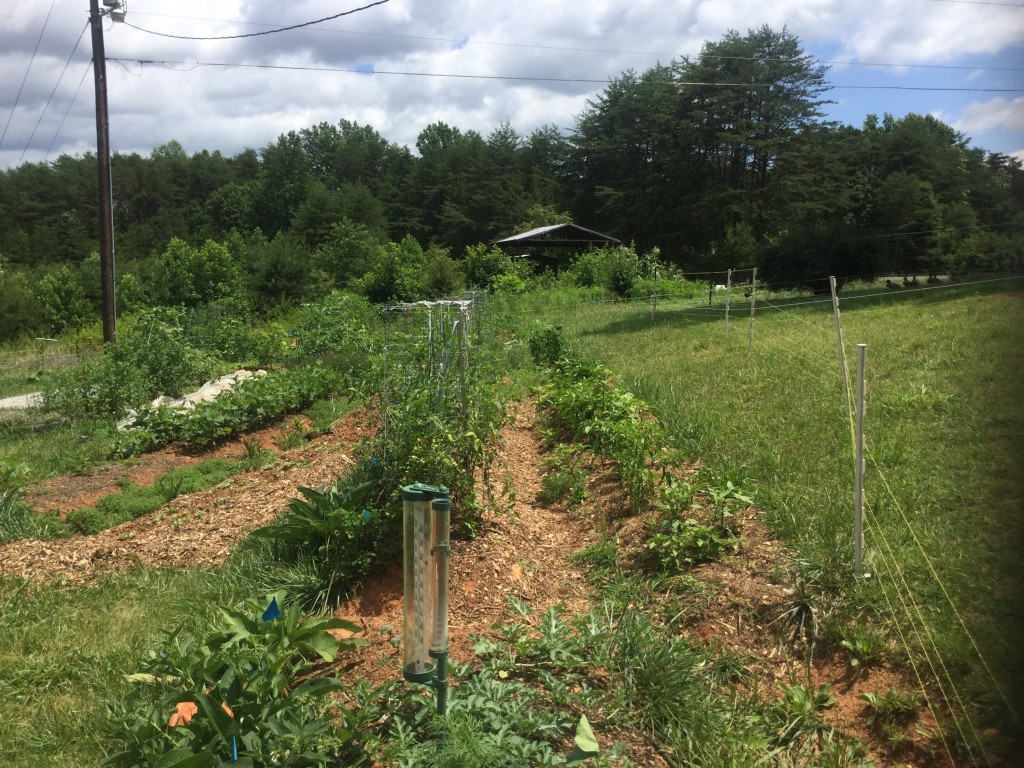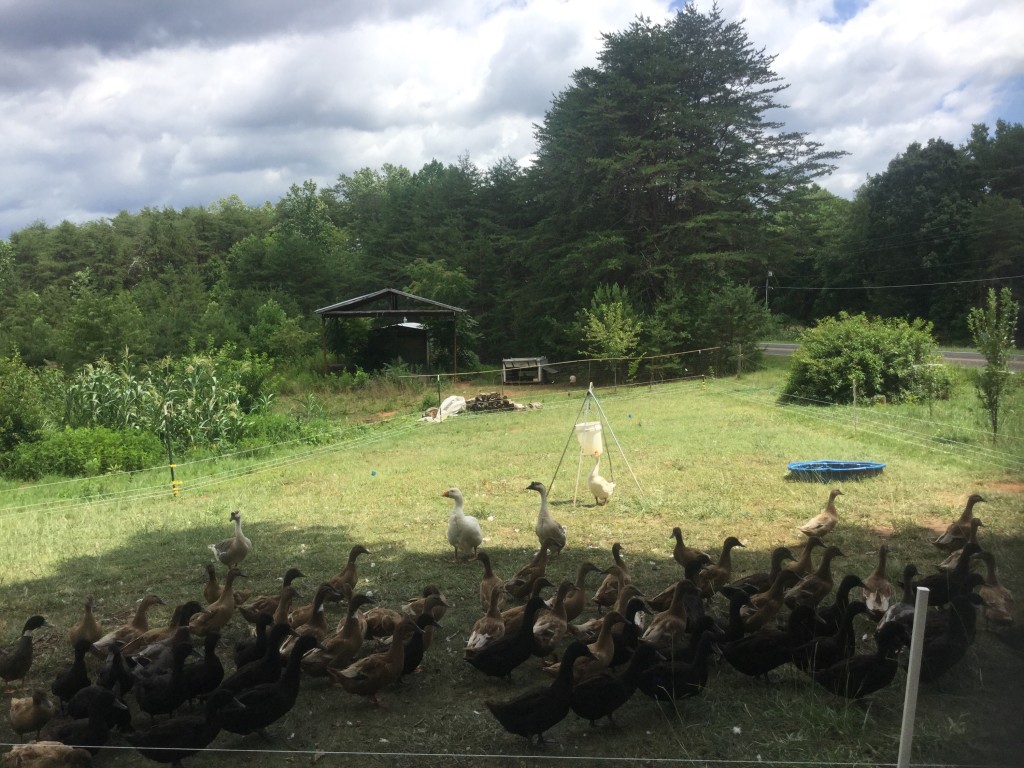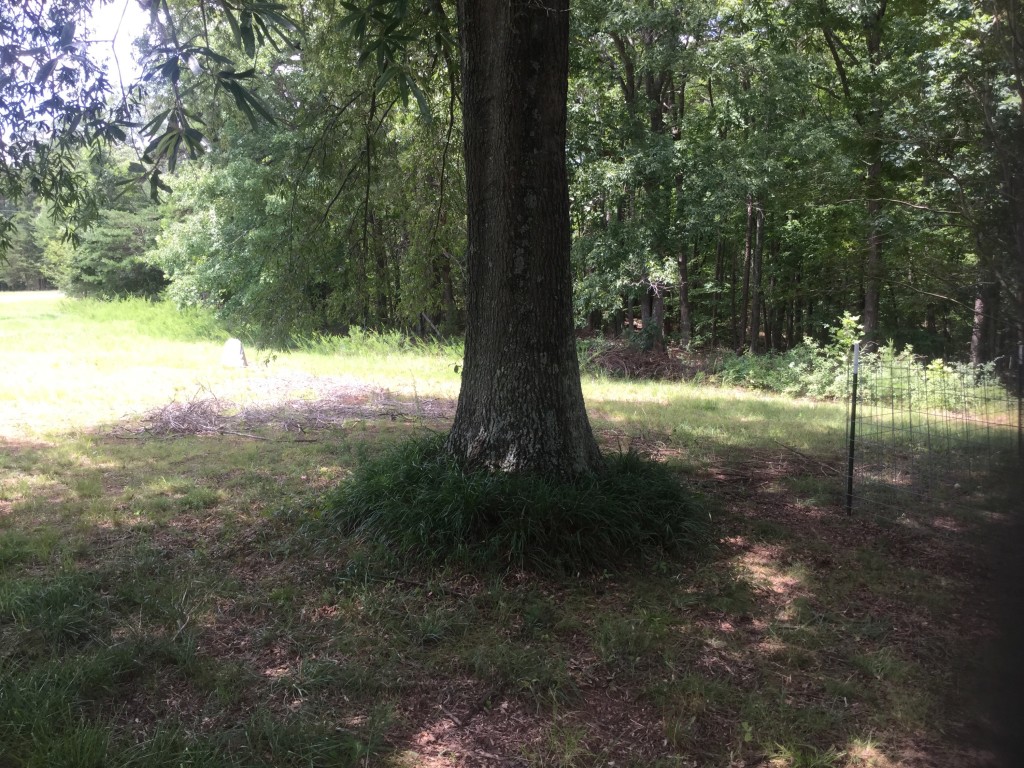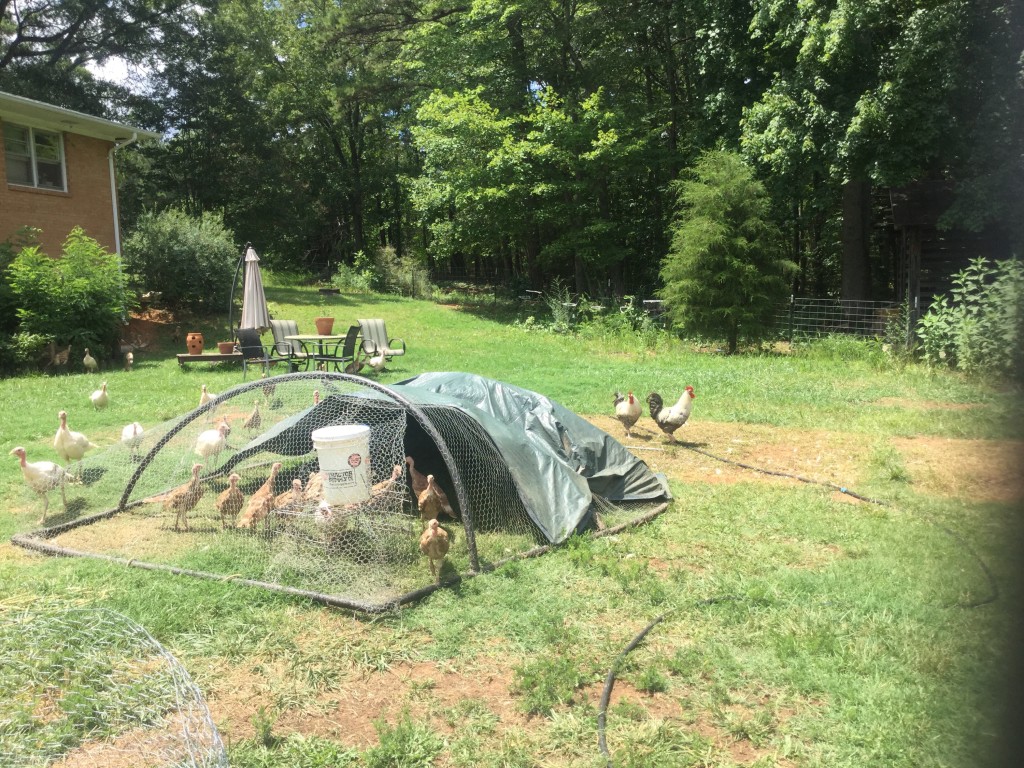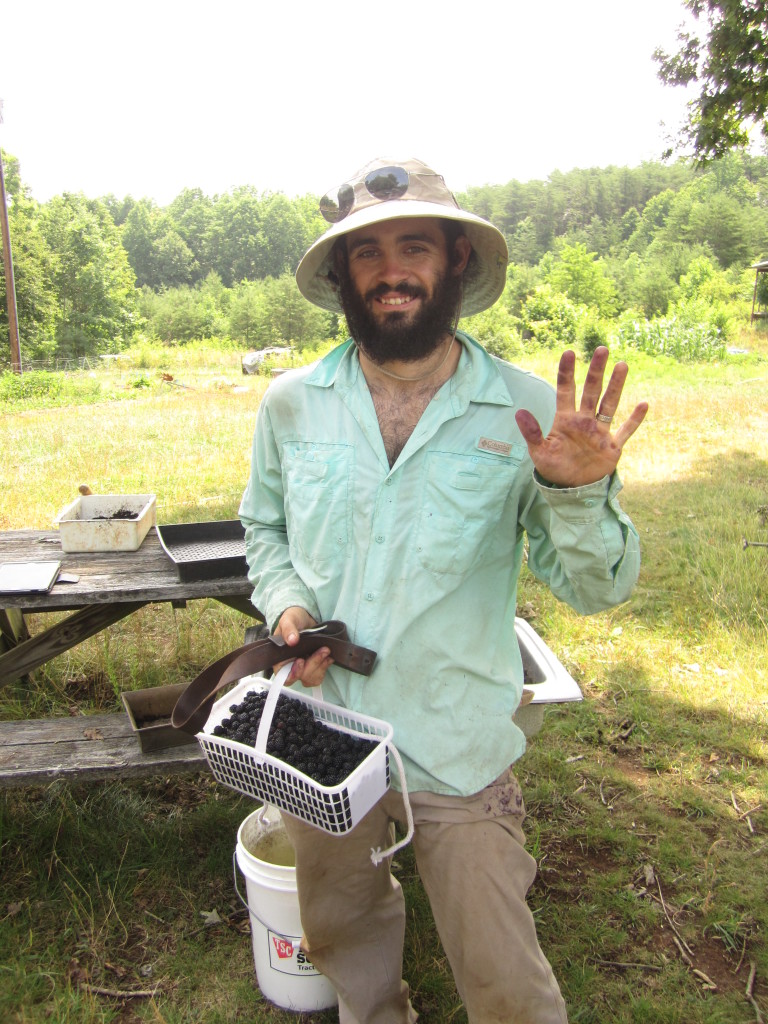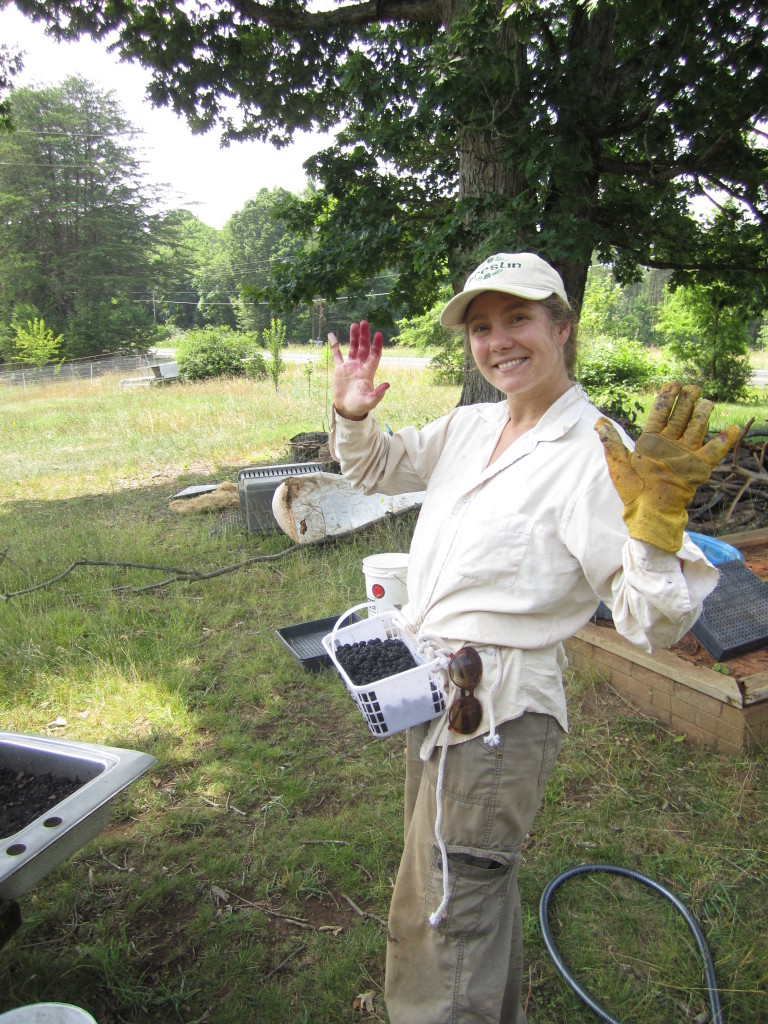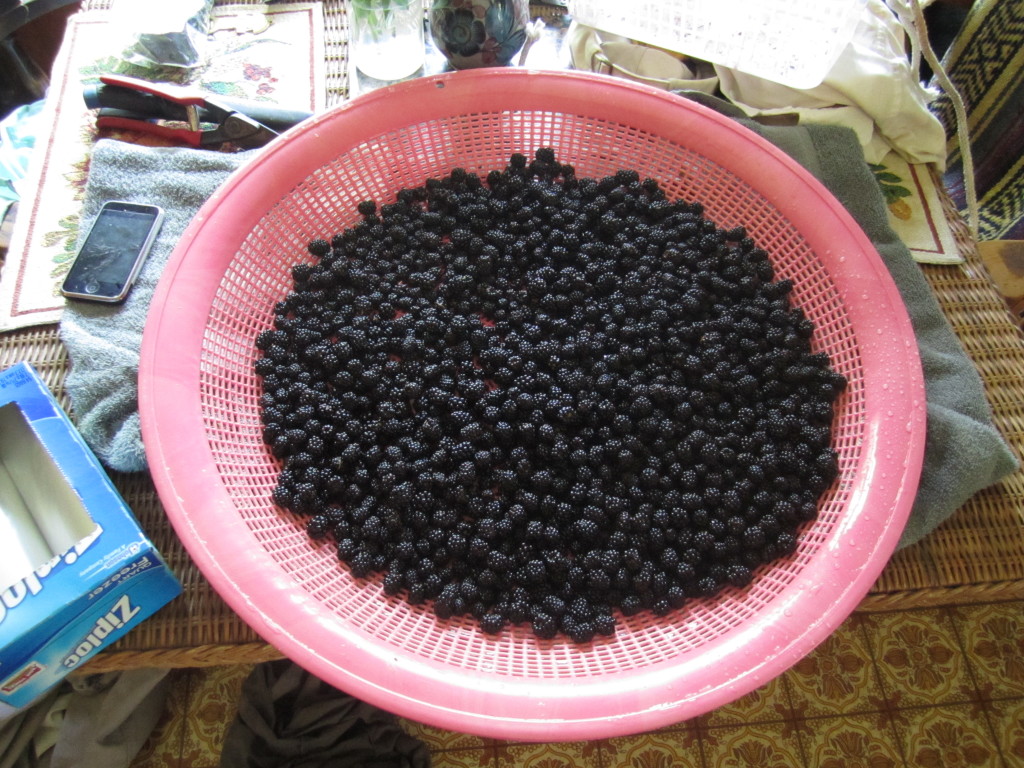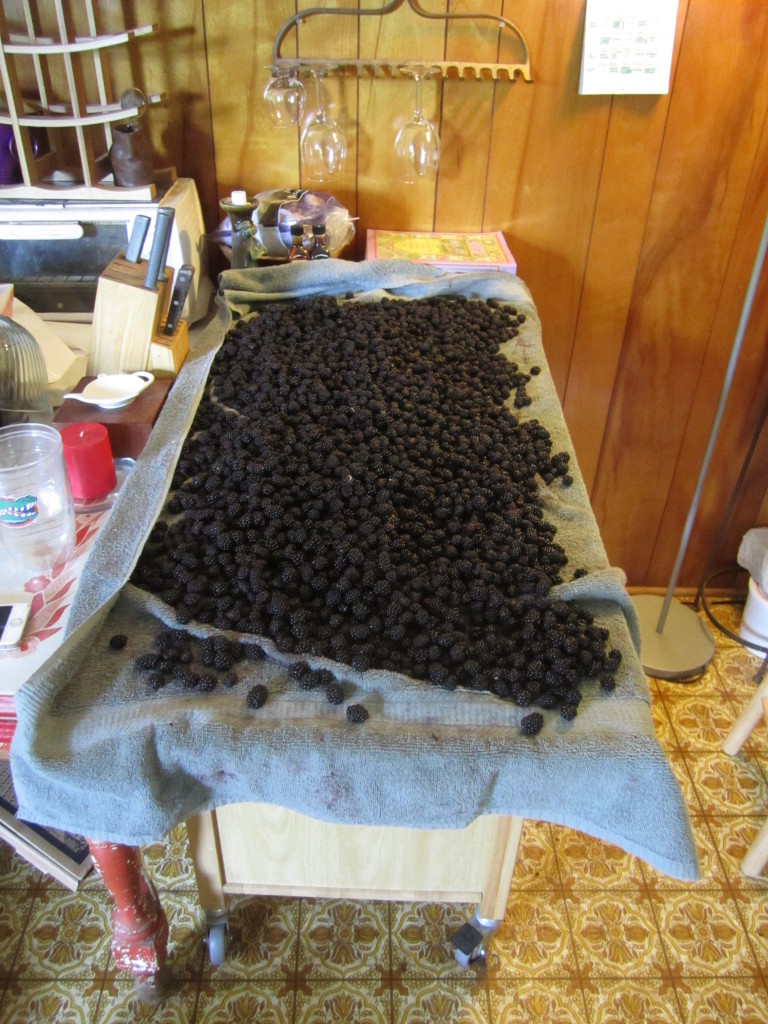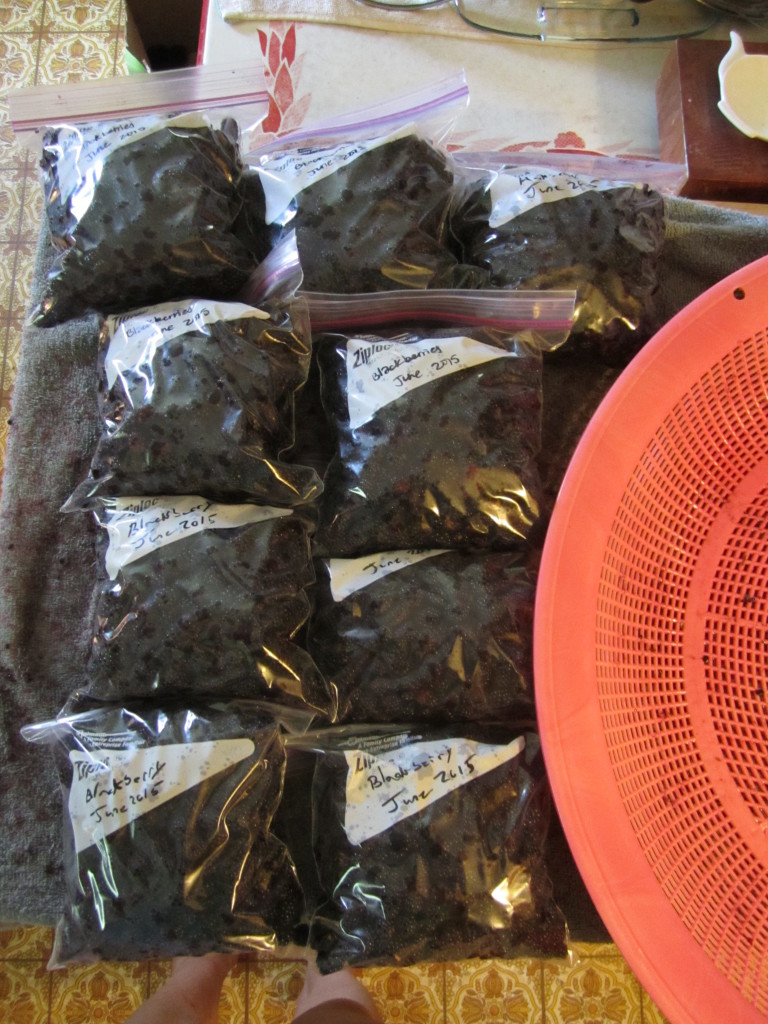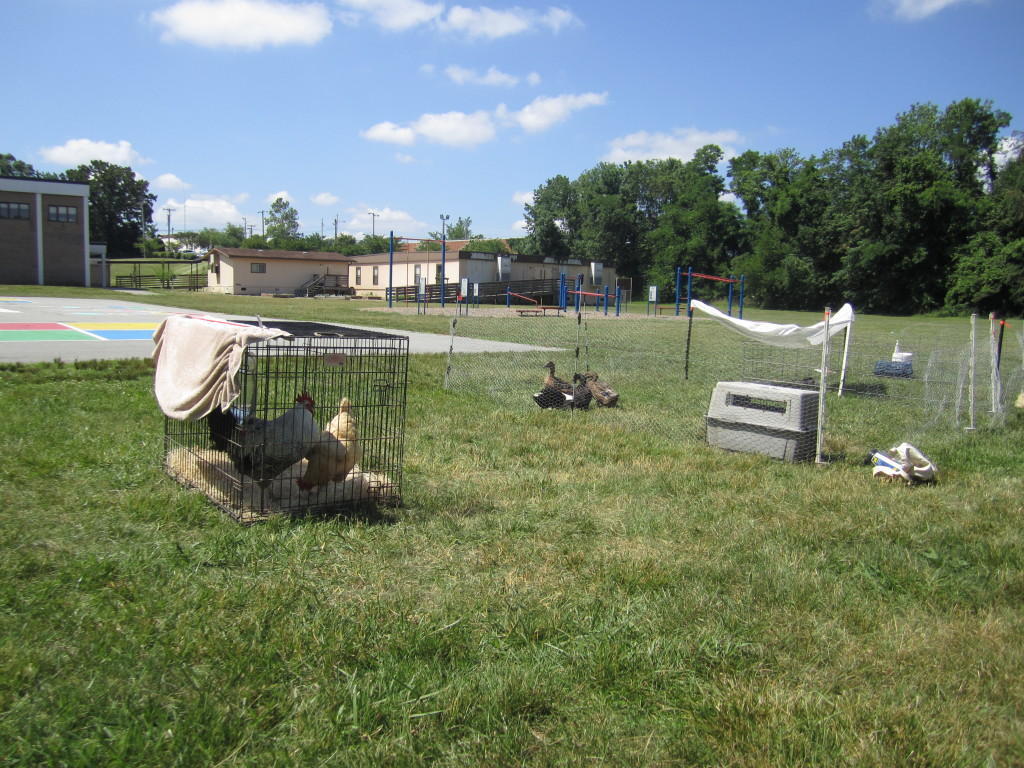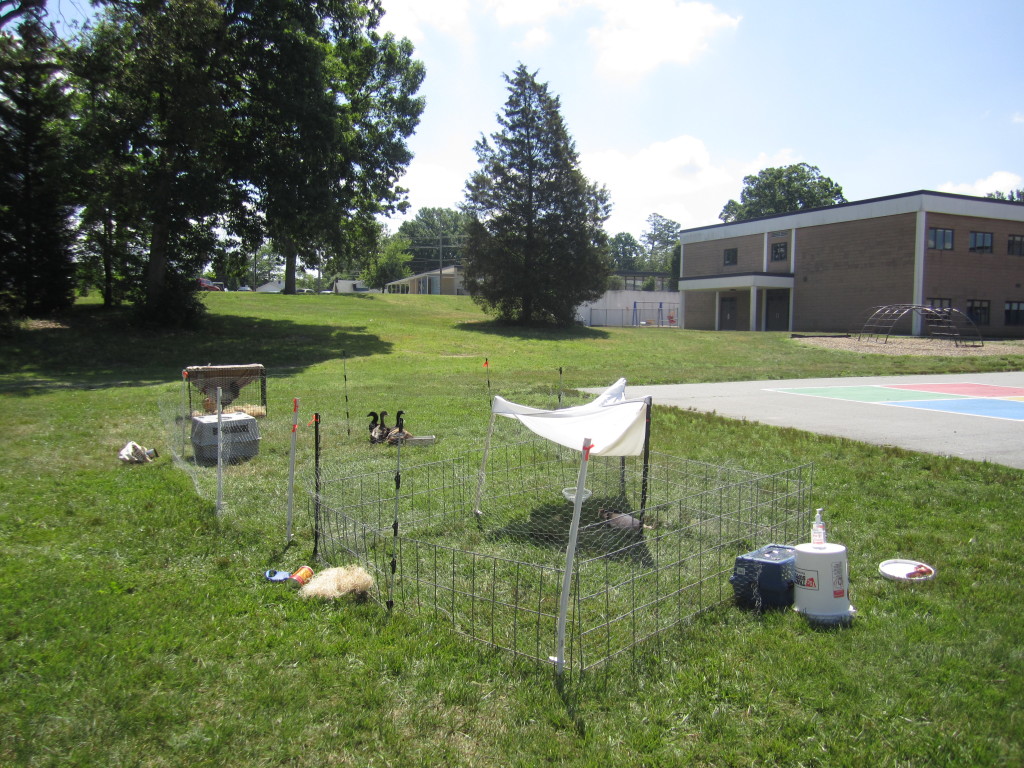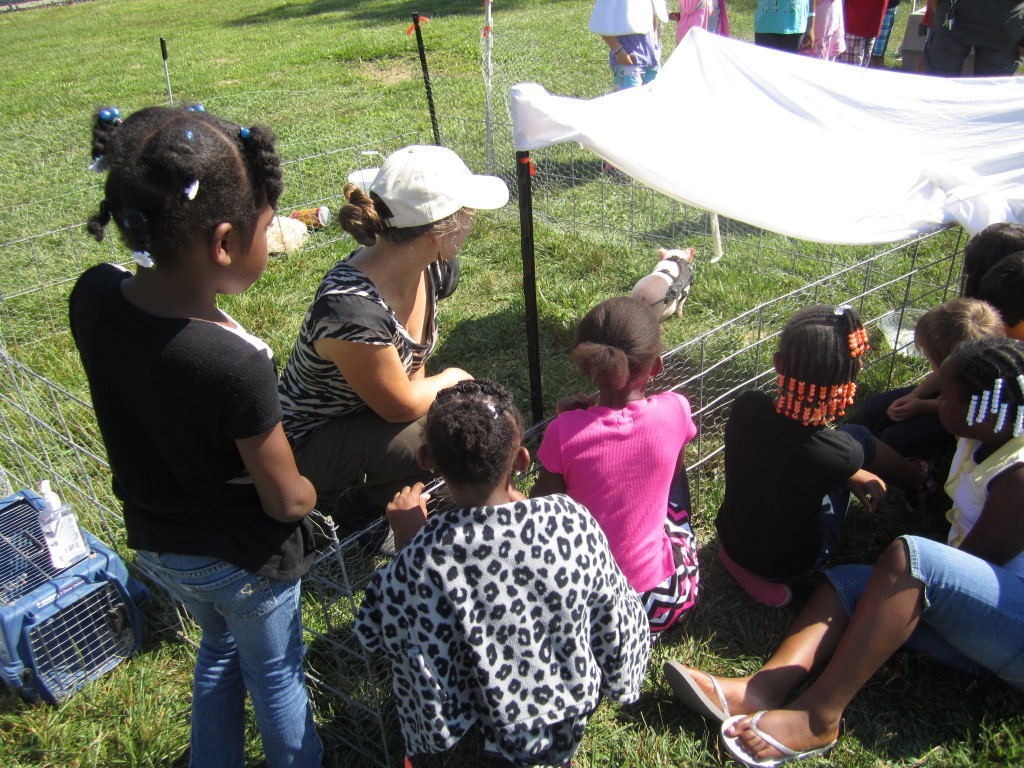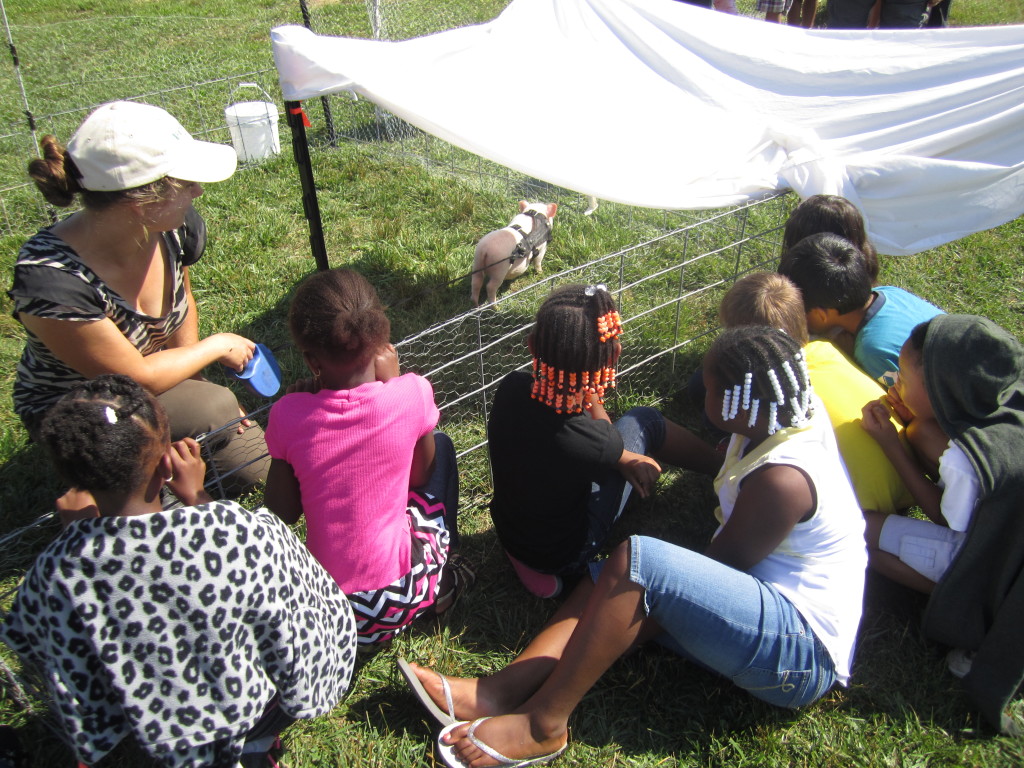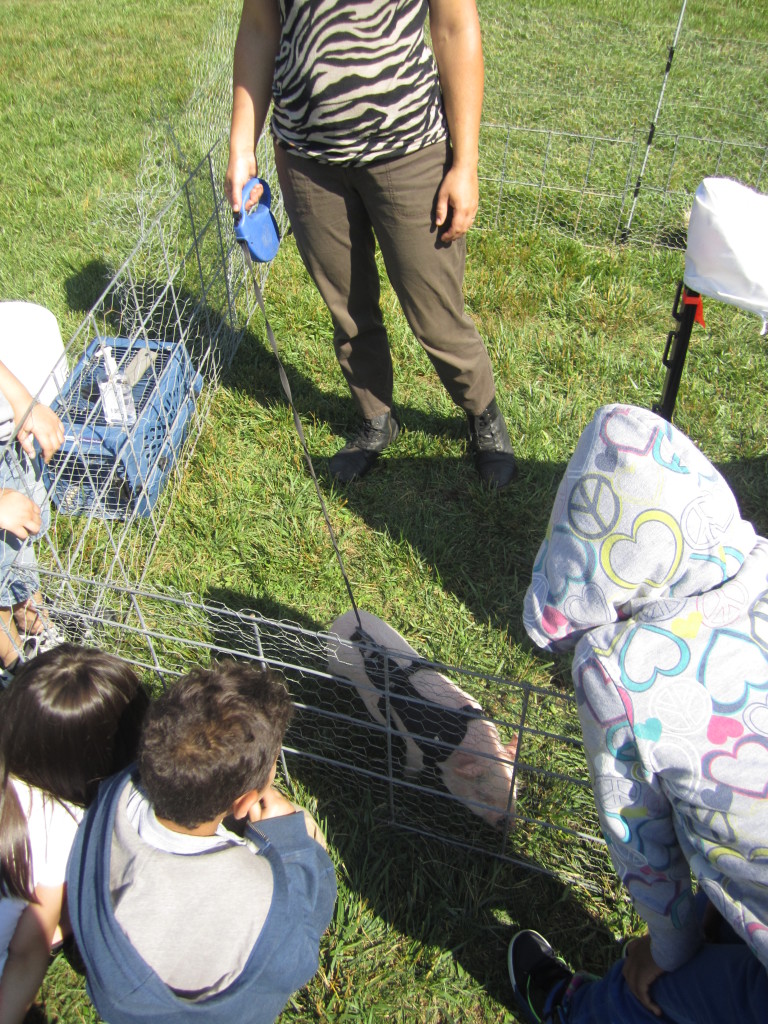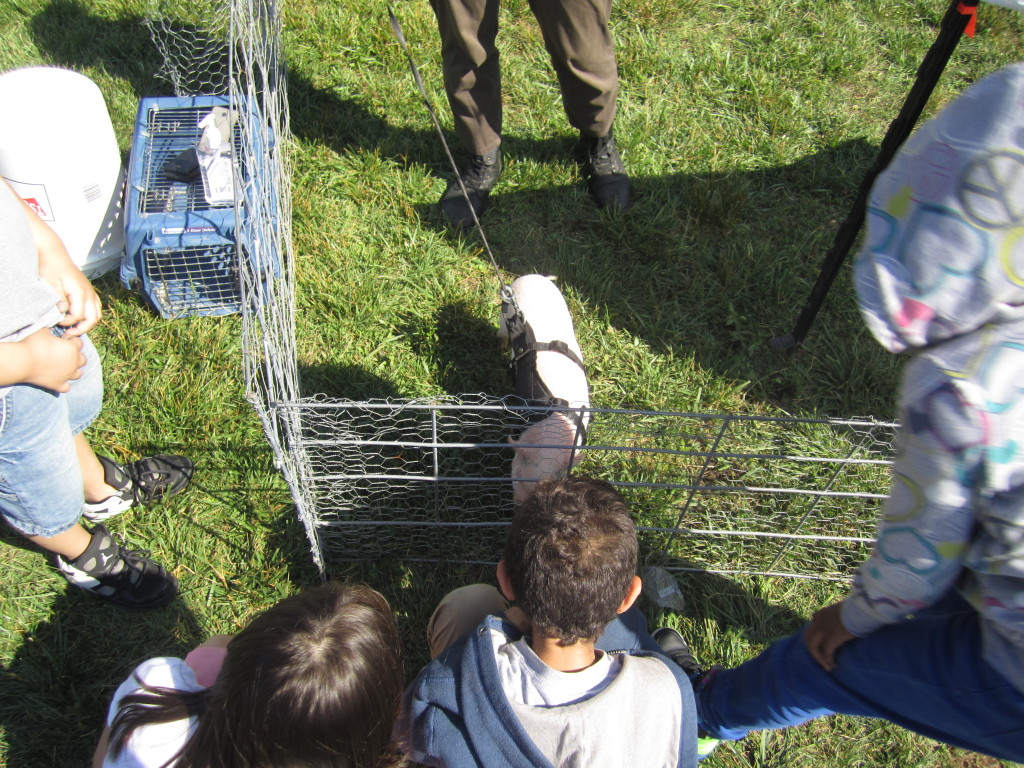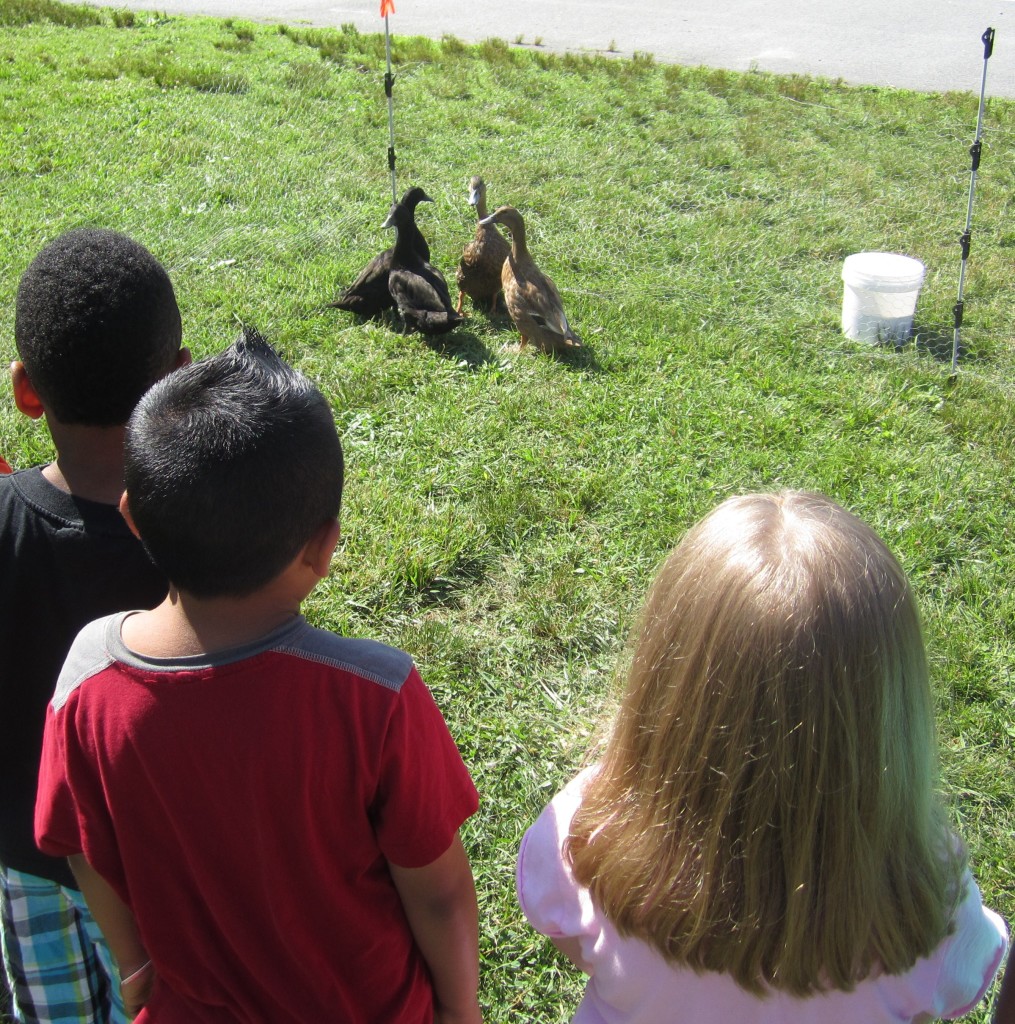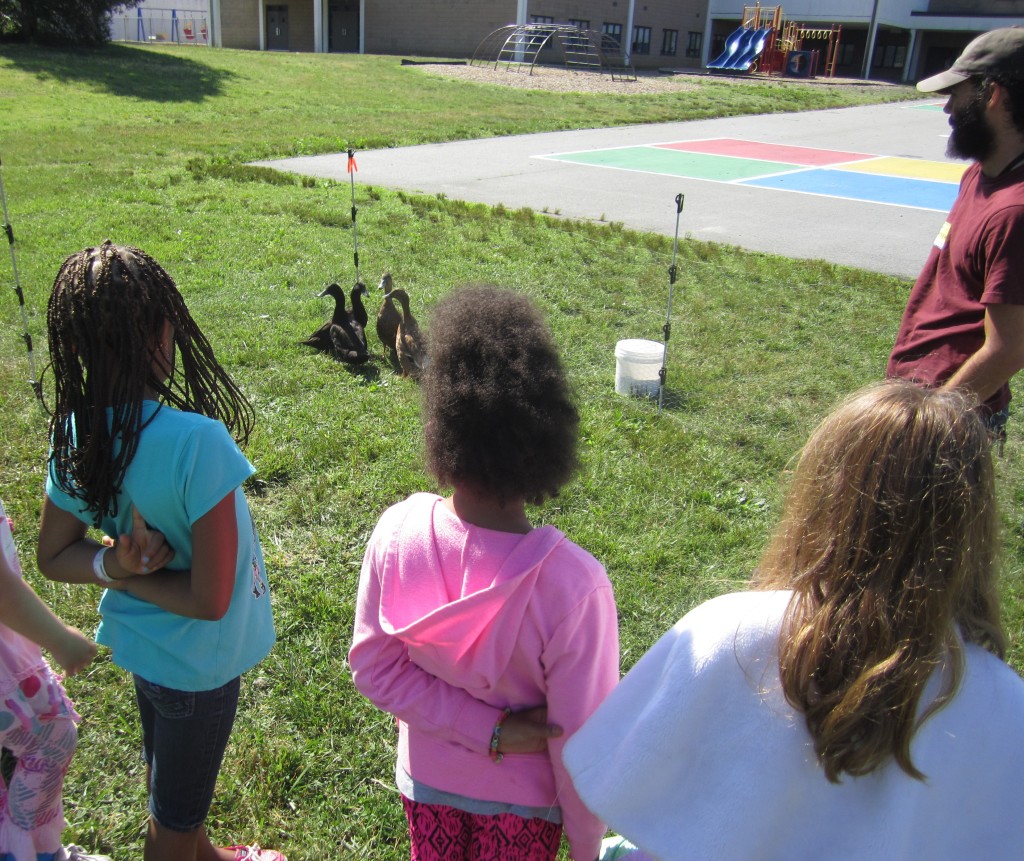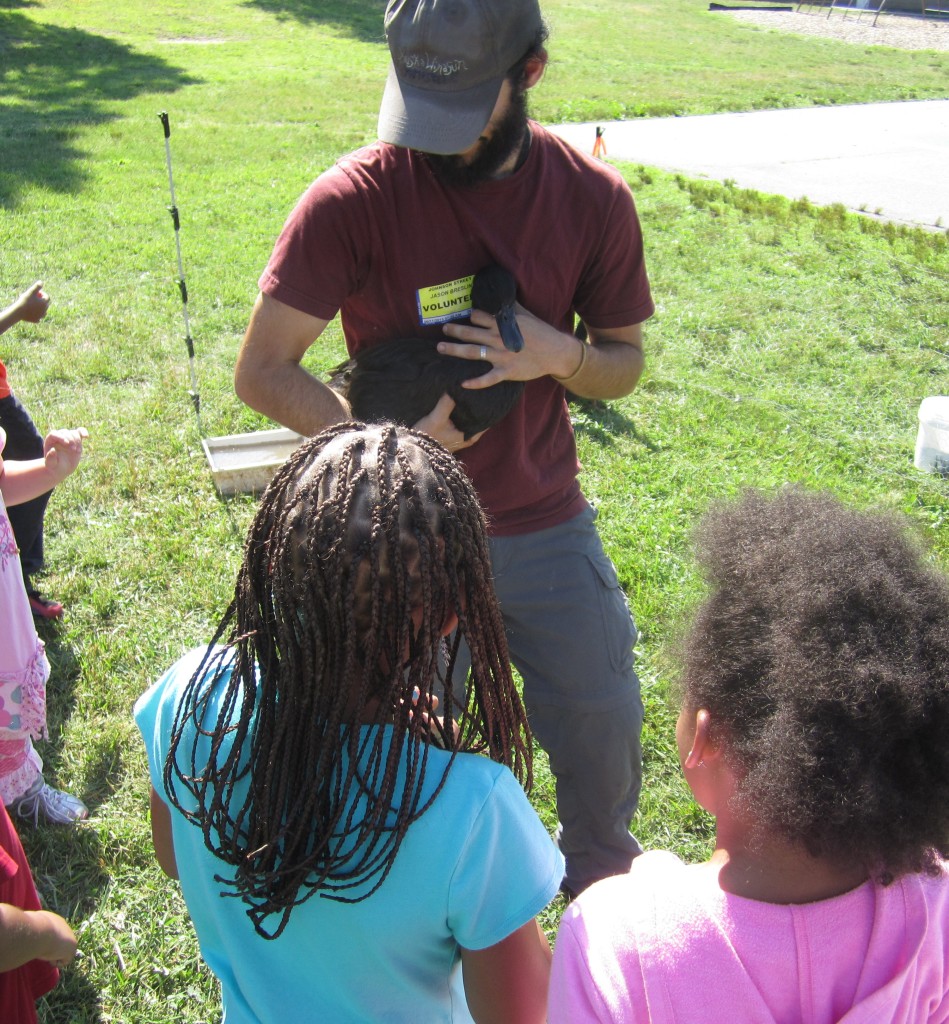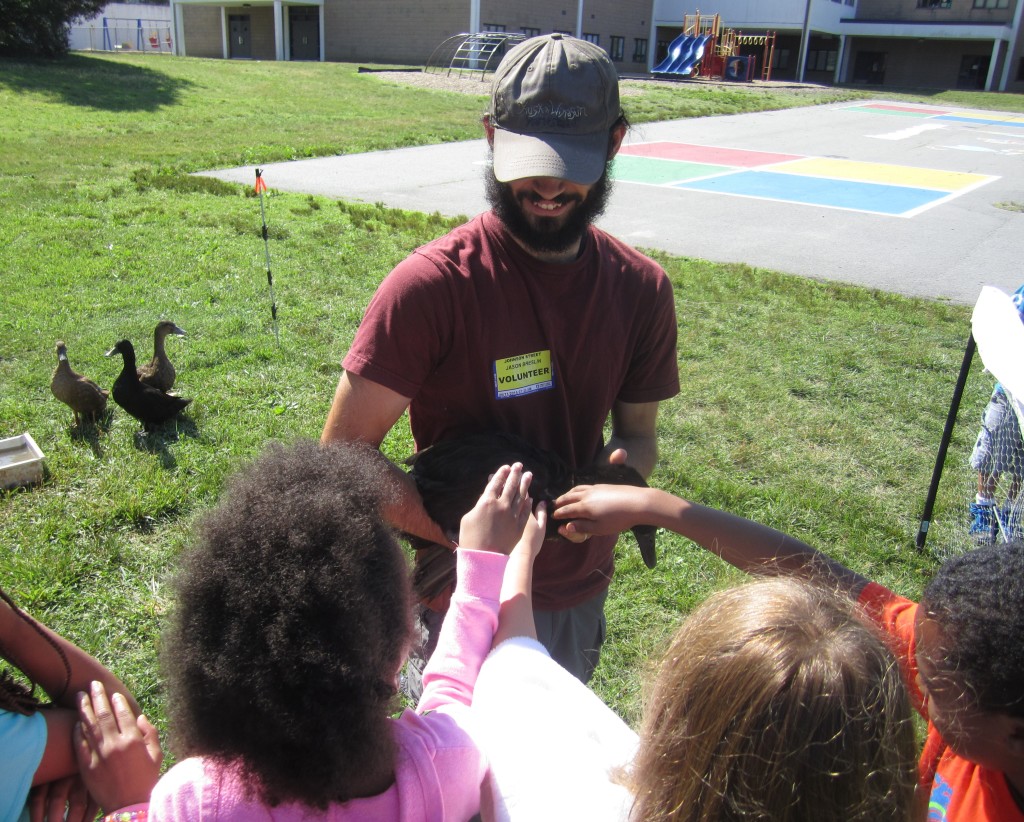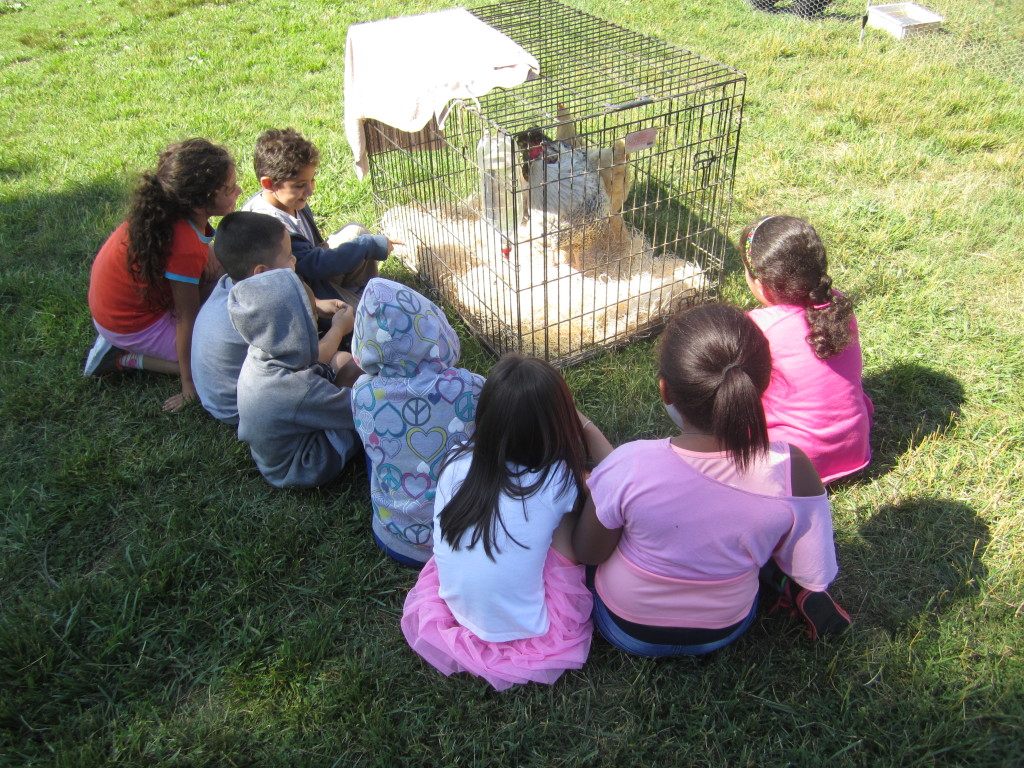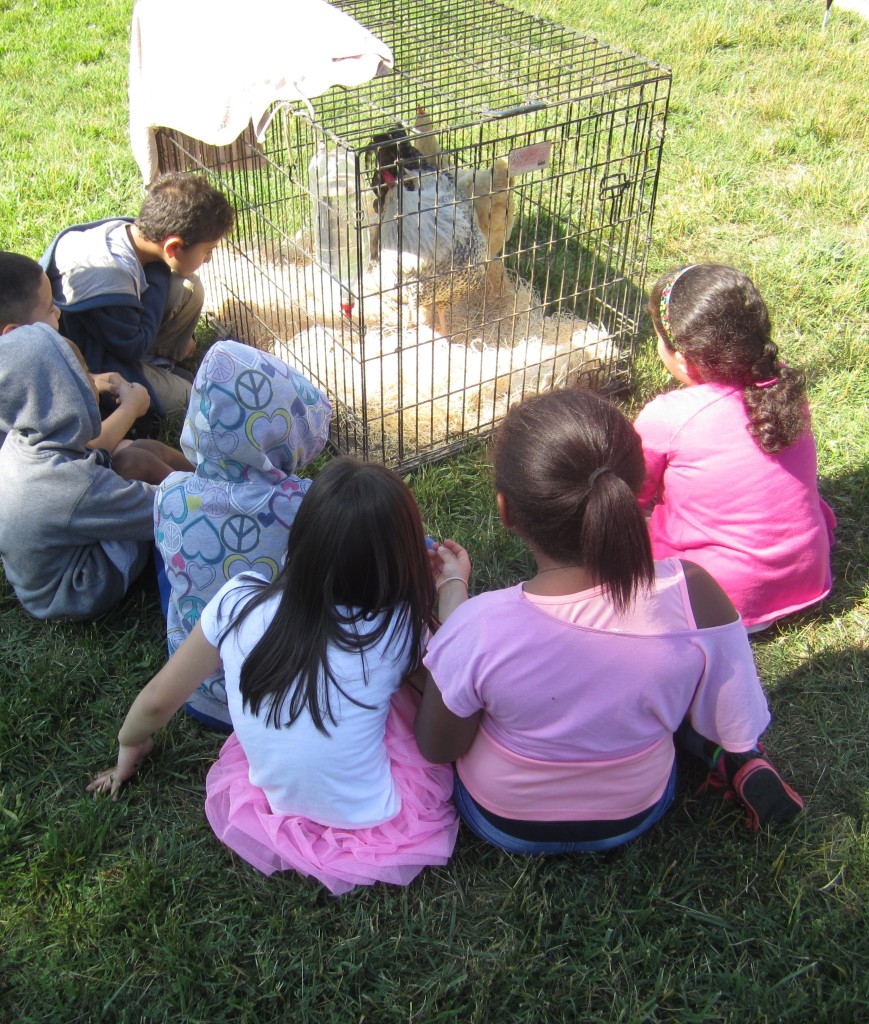Our electric poultry fencing has been an eye-opening experiment so far…
What we’ve learned:
1. Setting up the fencing takes a few hours each time but depending on how large of a space we make, the birds can occupy the space for weeks at a time.
2. The ducks respect the fence, and since getting shocked a few times, have stayed as far away from the fence as possible. Every few days a duck will get spooked, and since we have not clipped their wings, it might fly over by accident. It sometimes takes the poor duck a few hours to get up the nerve to jump back through the fence. They definitely respect the boundaries!
3. The geese are the most respectful of all, never going over and never coming close to the fence.
4. The turkeys are a different story, however! They respect the fence on a hit-and-miss basis, sometimes staying inside the fence and other times taking the shock and climbing through. The most annoying part is that when they have no trouble escaping, they have loads of trouble figuring out how to get back in. We are looking into getting electrified netting to use for the turkeys in the future, but we’ll see!
The big electric-fencing-for-poultry lesson is:
Simple electrified strands work for ducks and geese, but not for turkeys!
.:.
